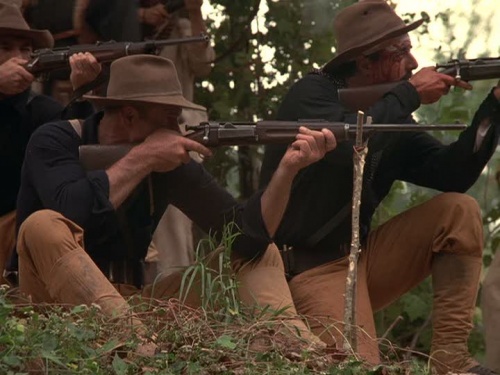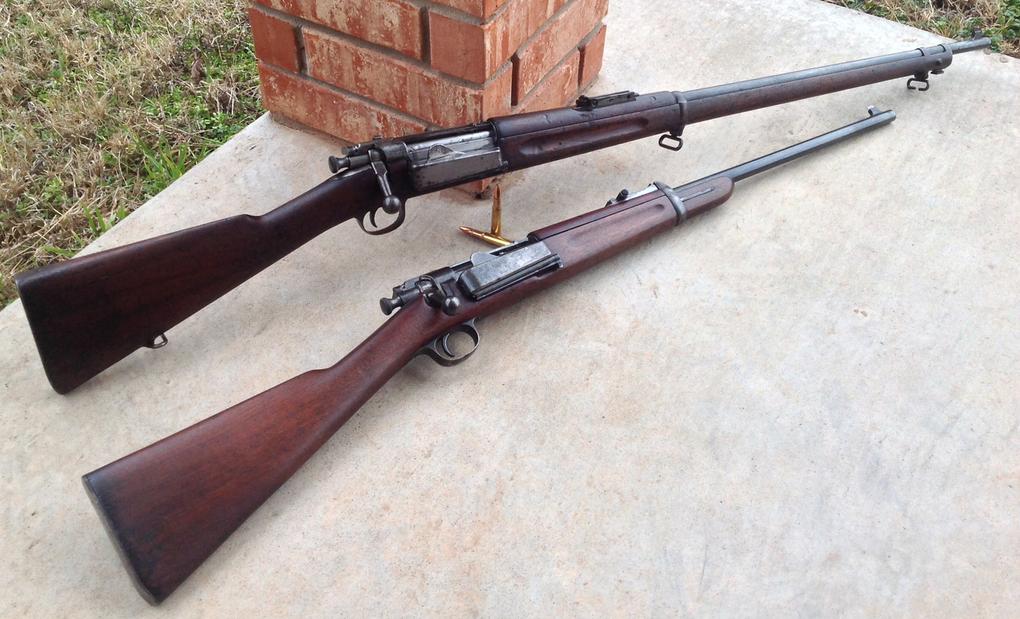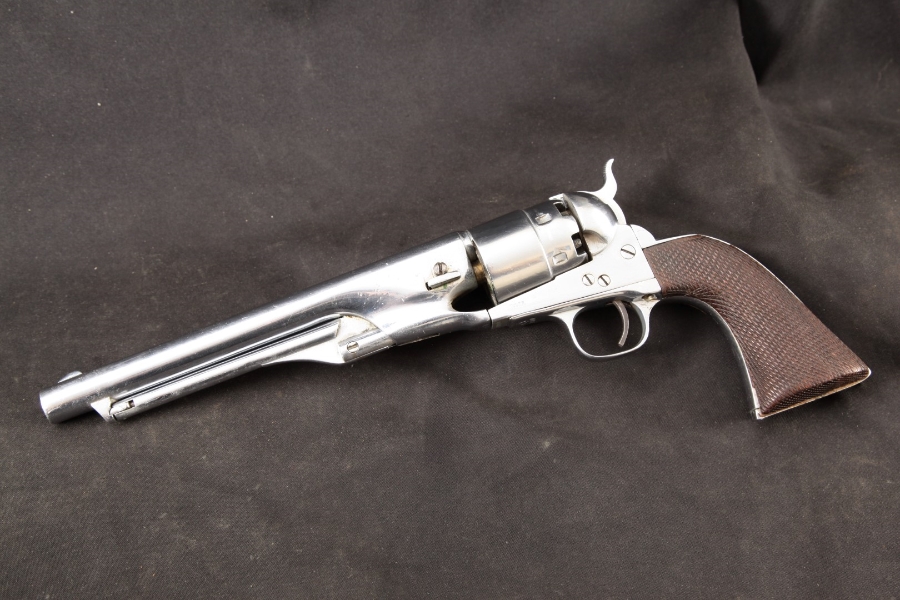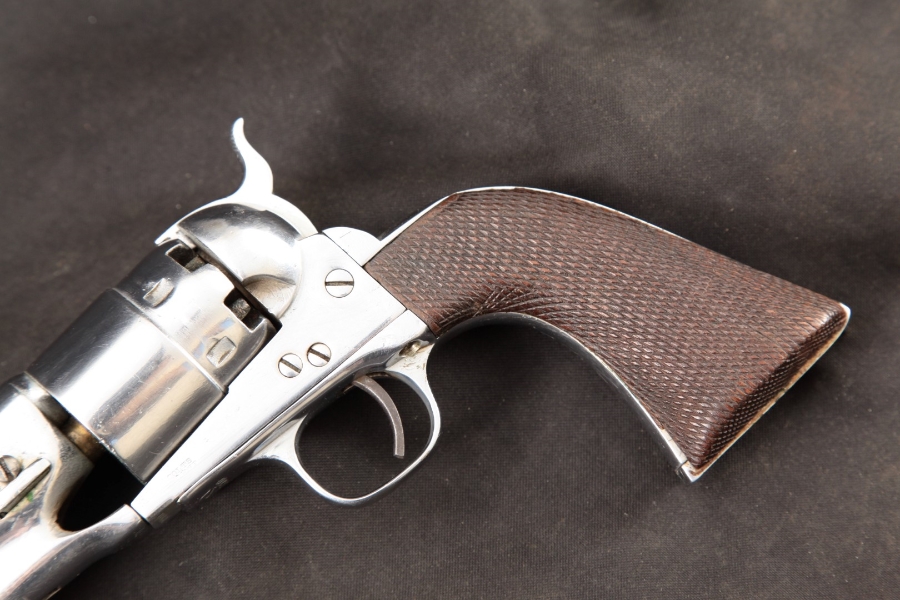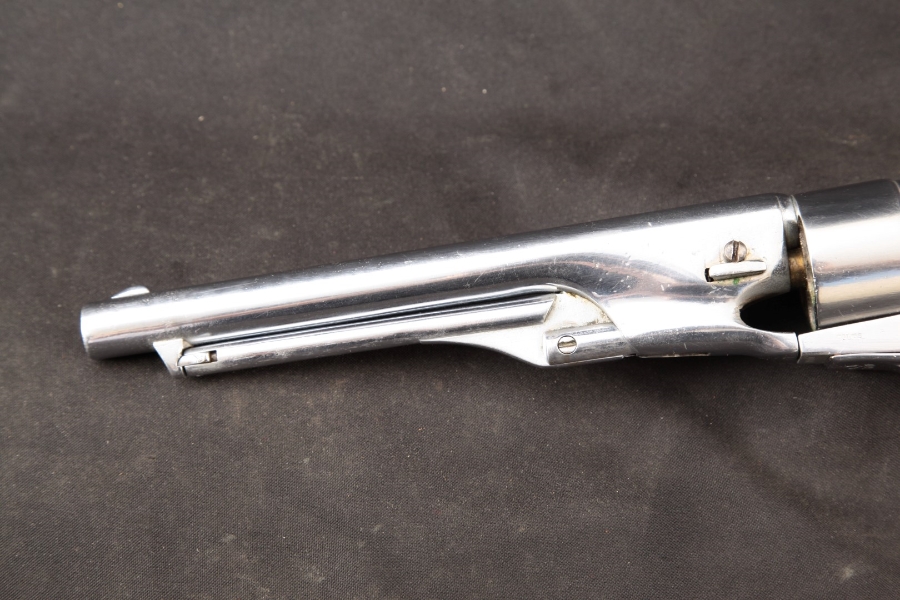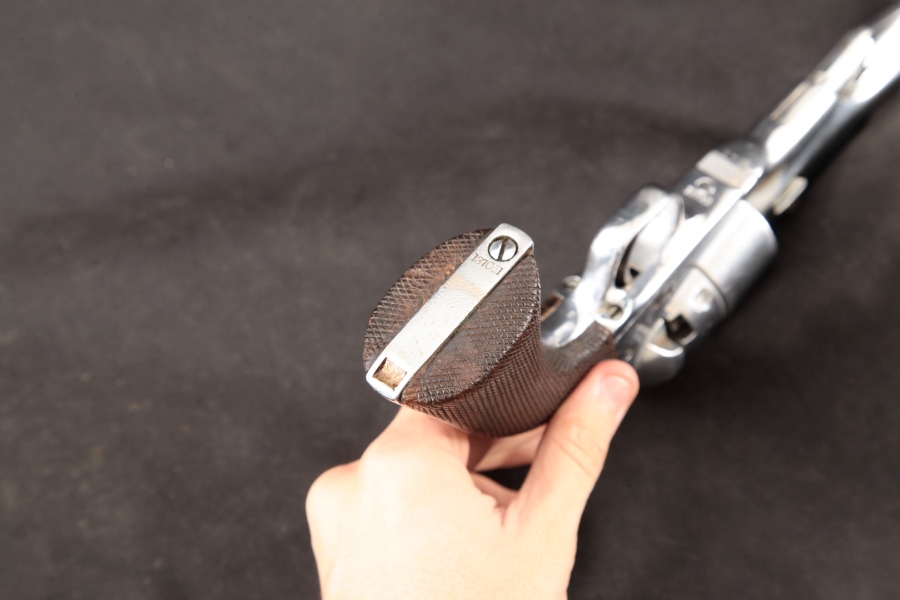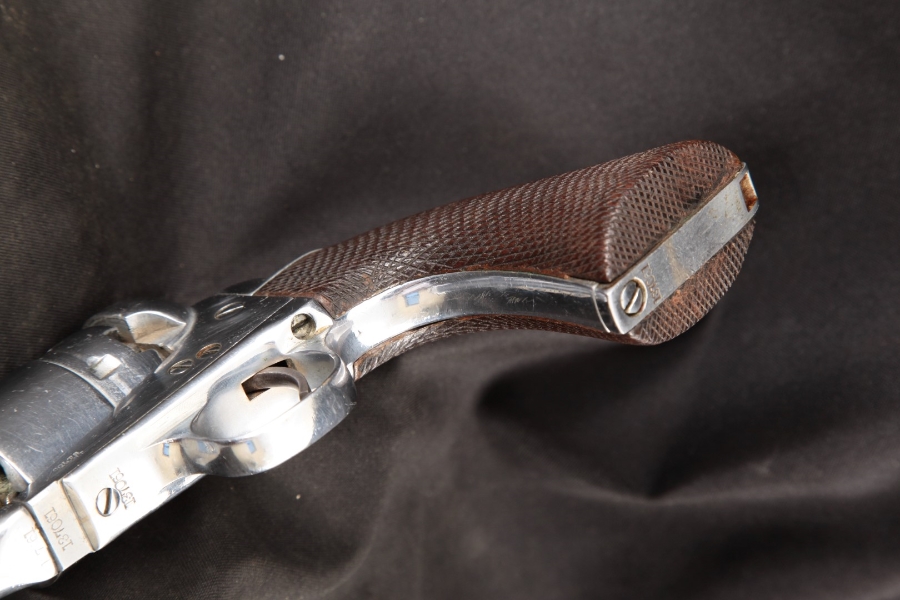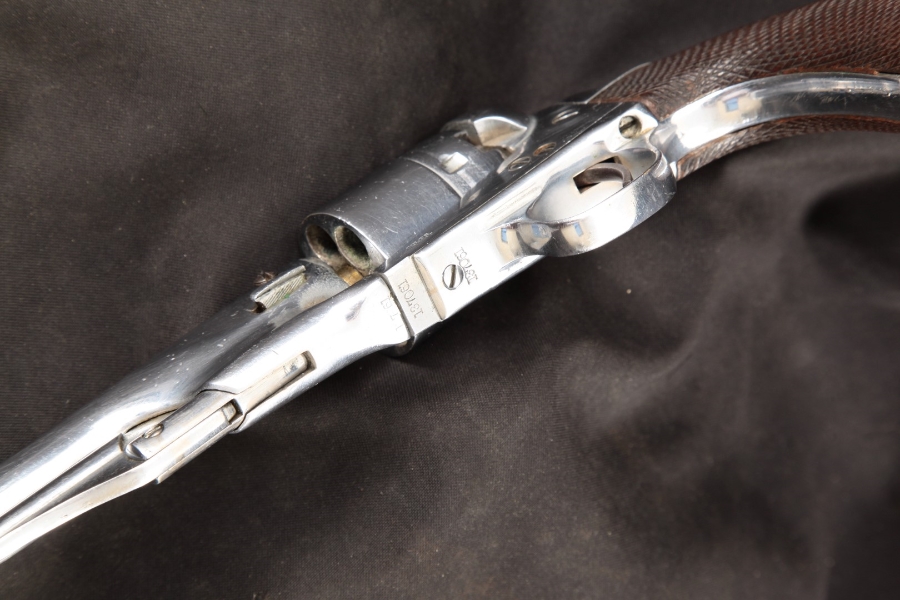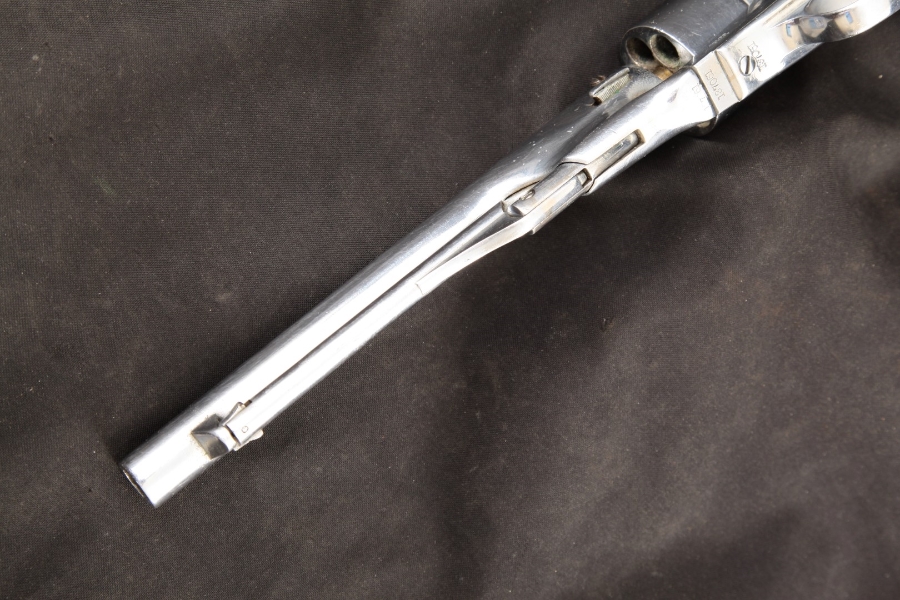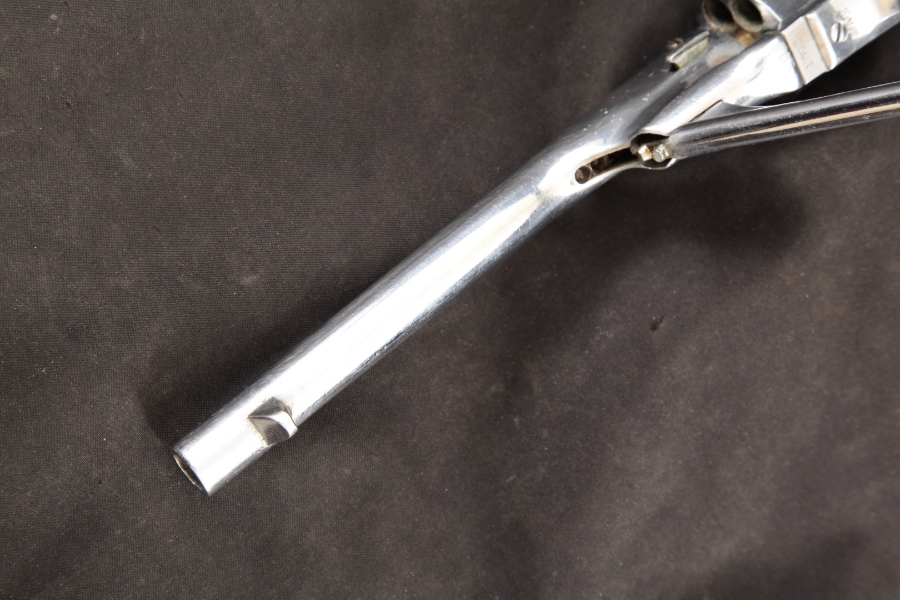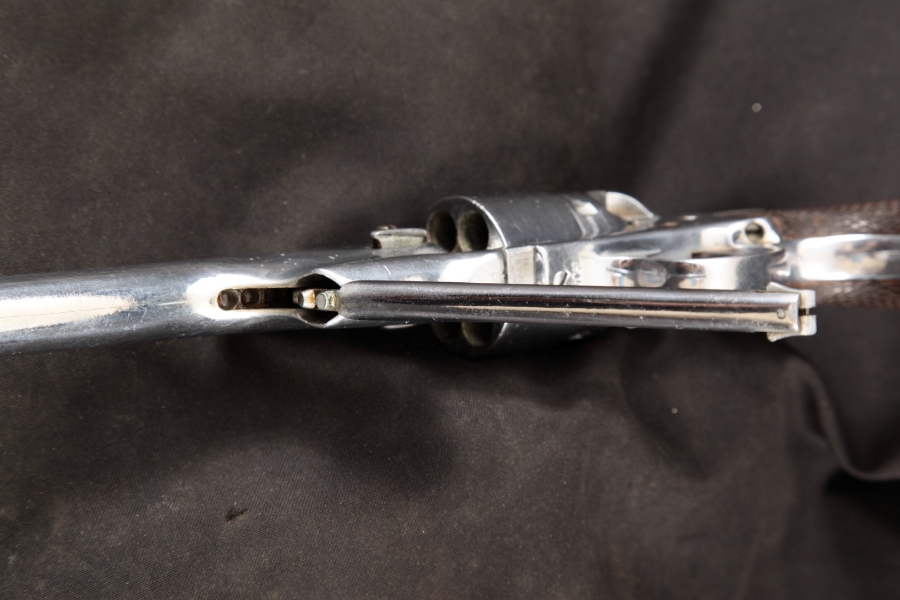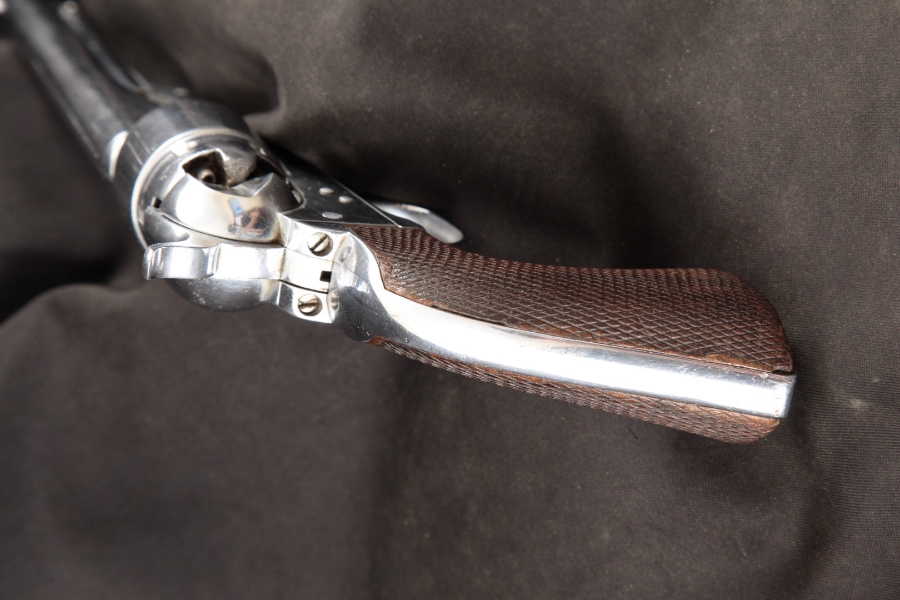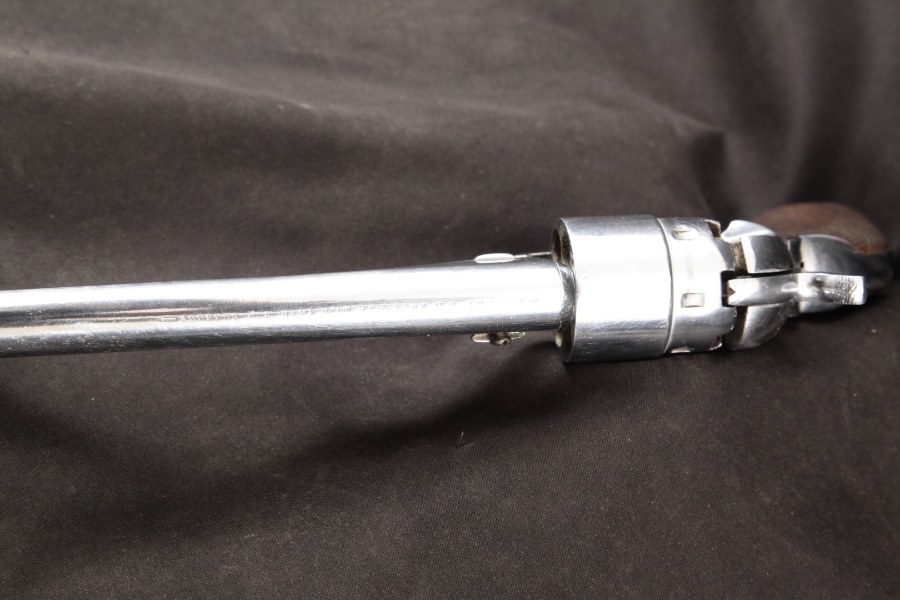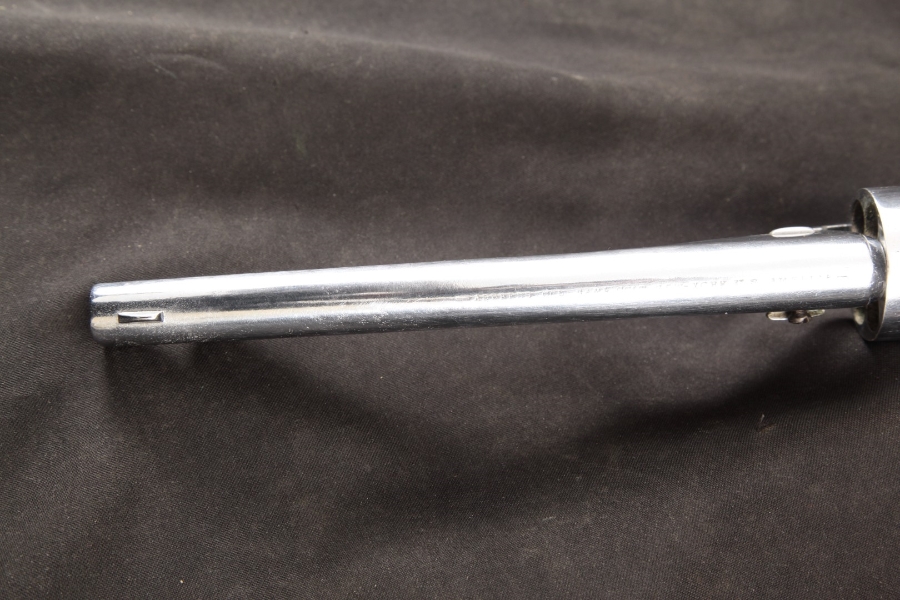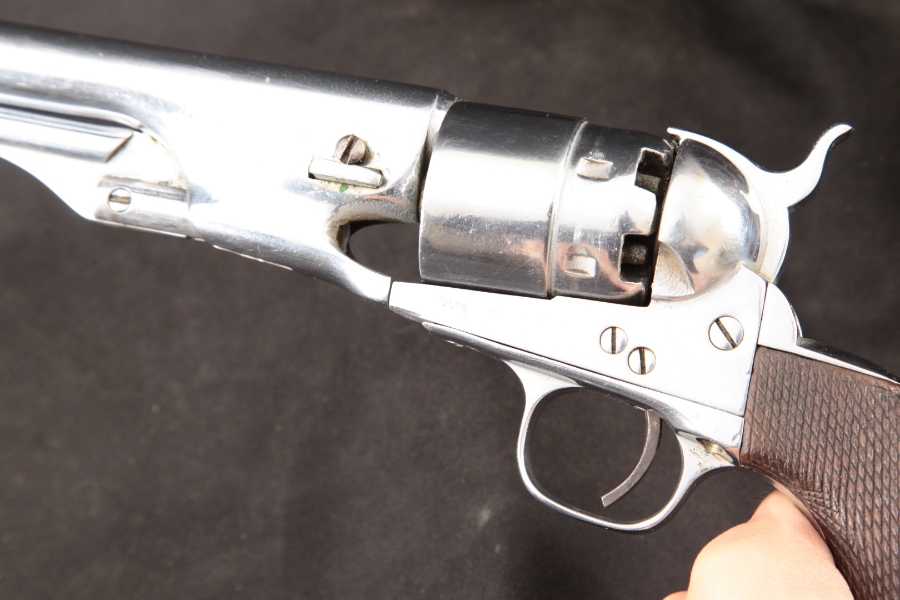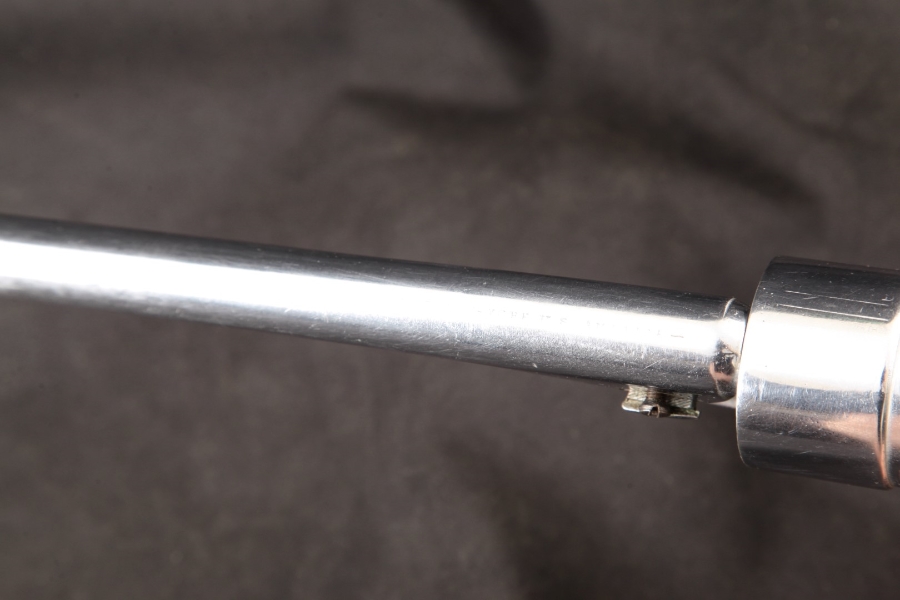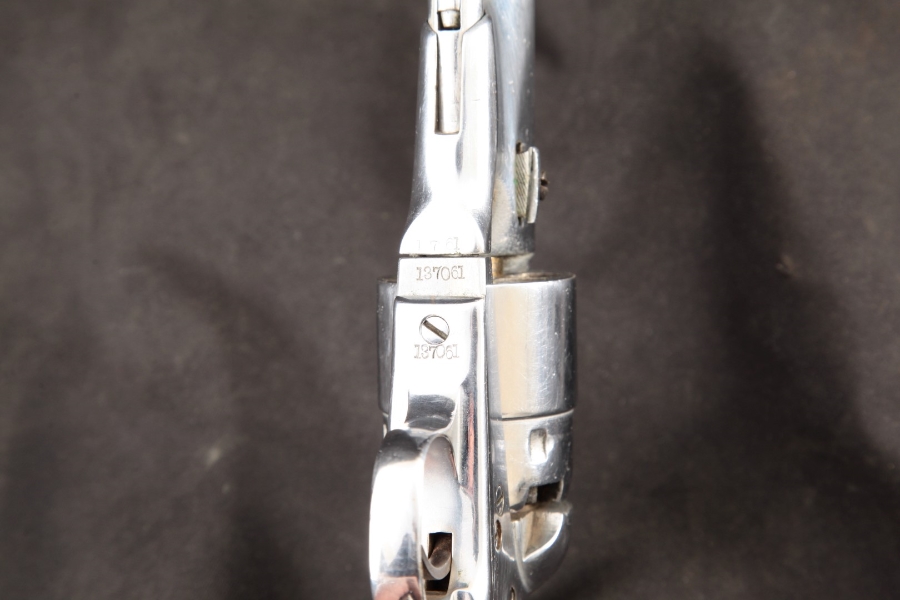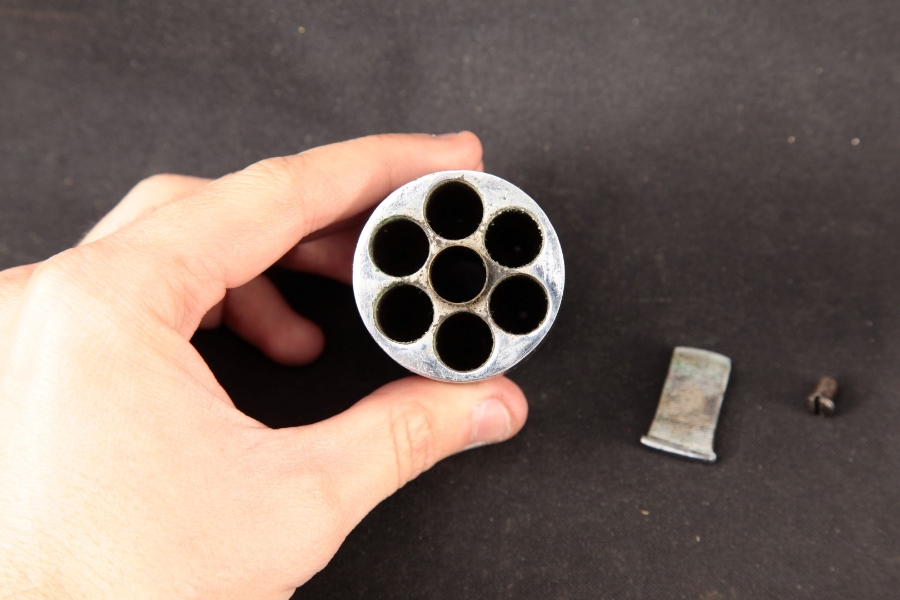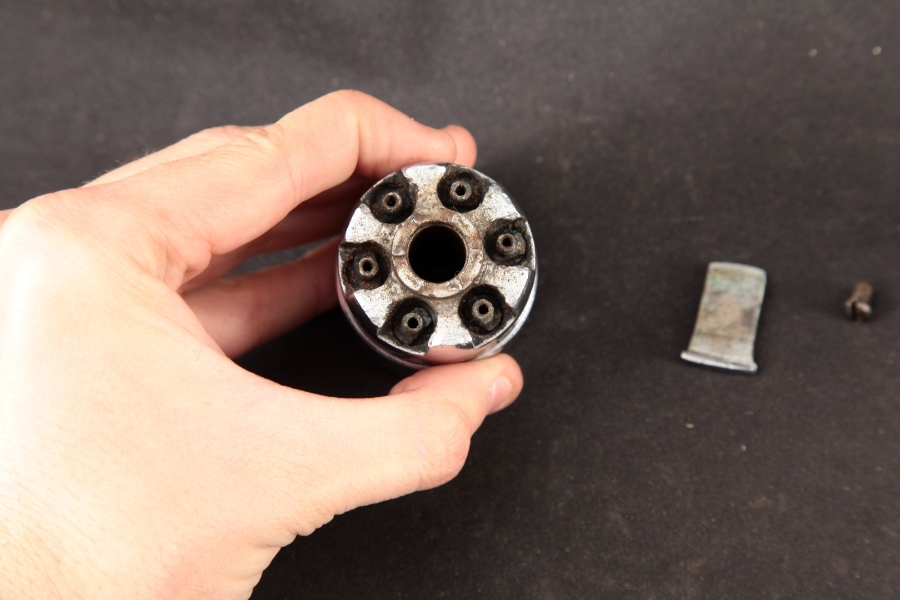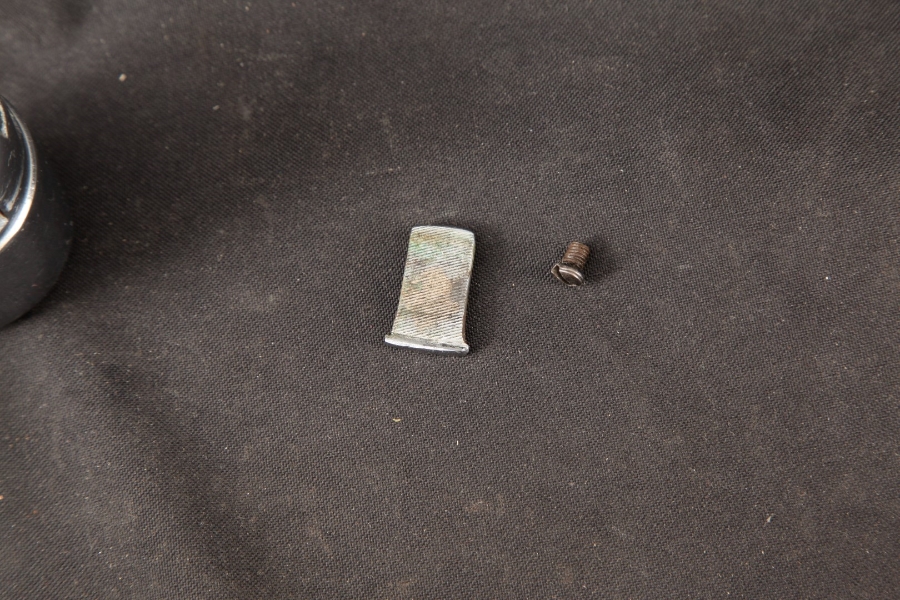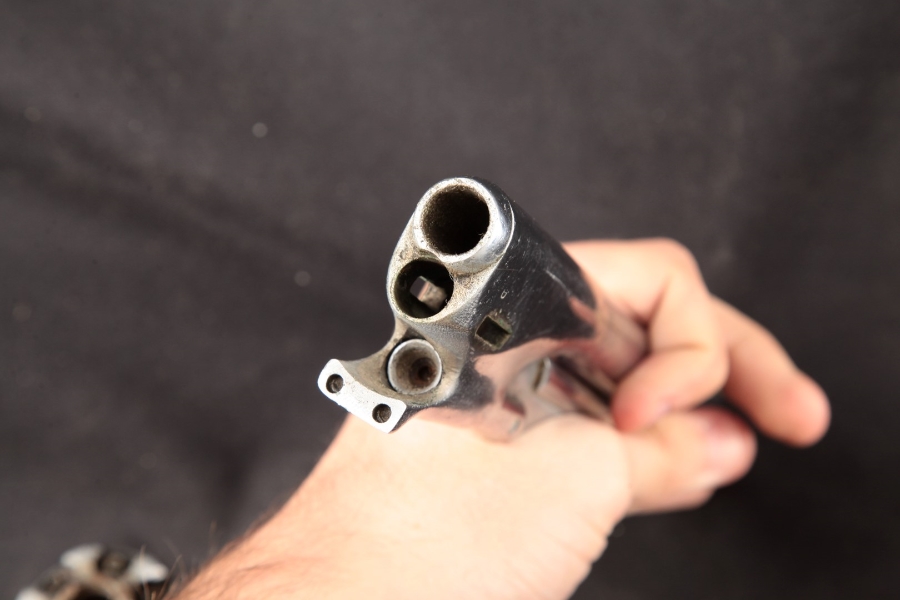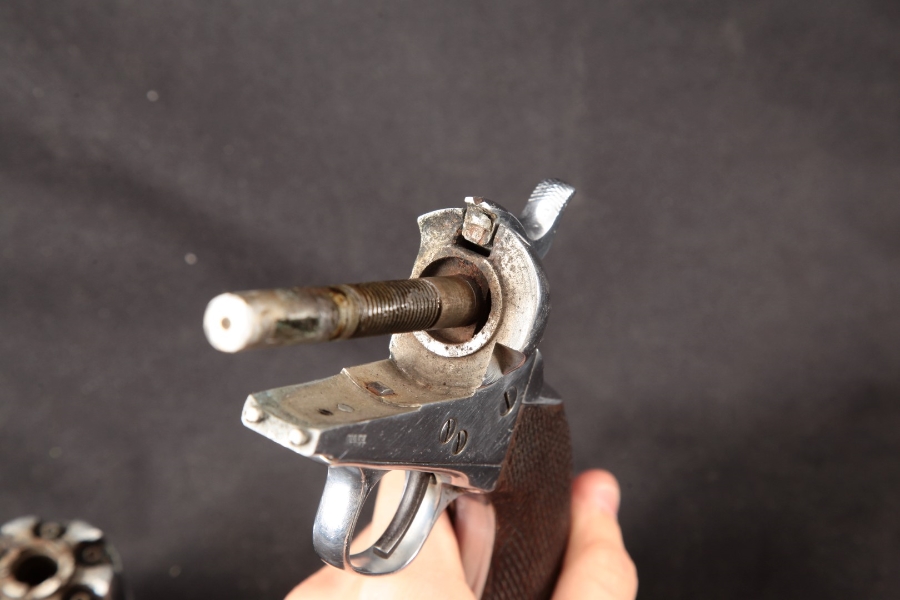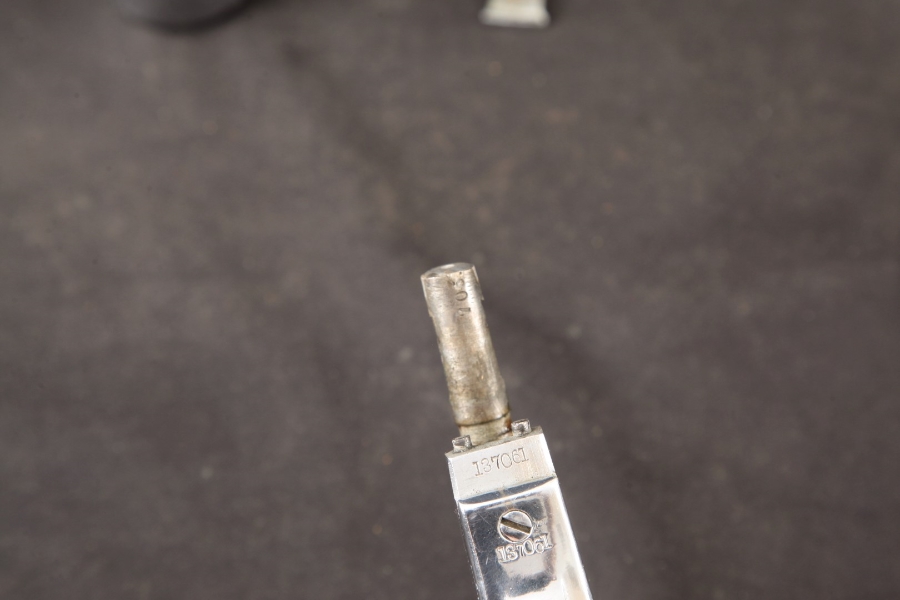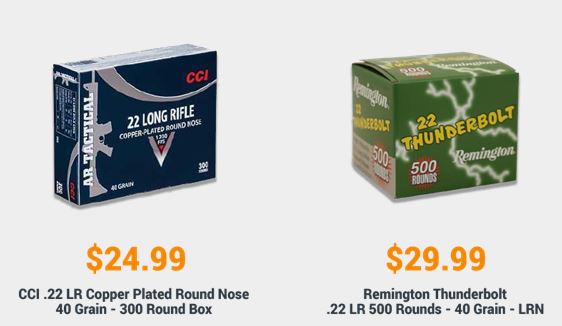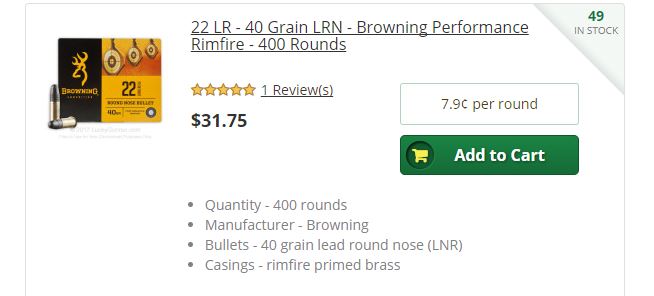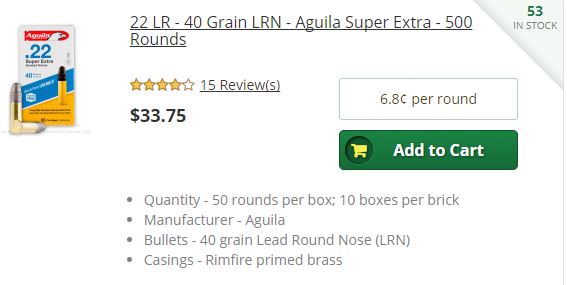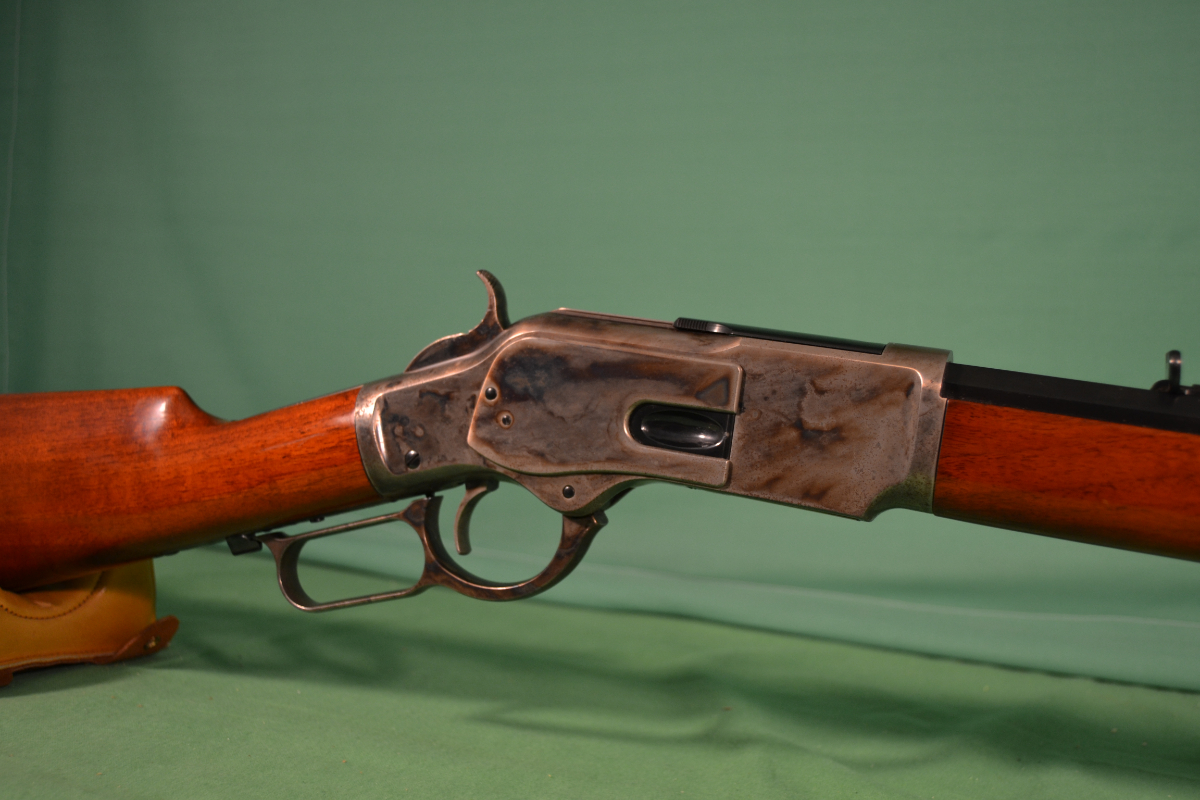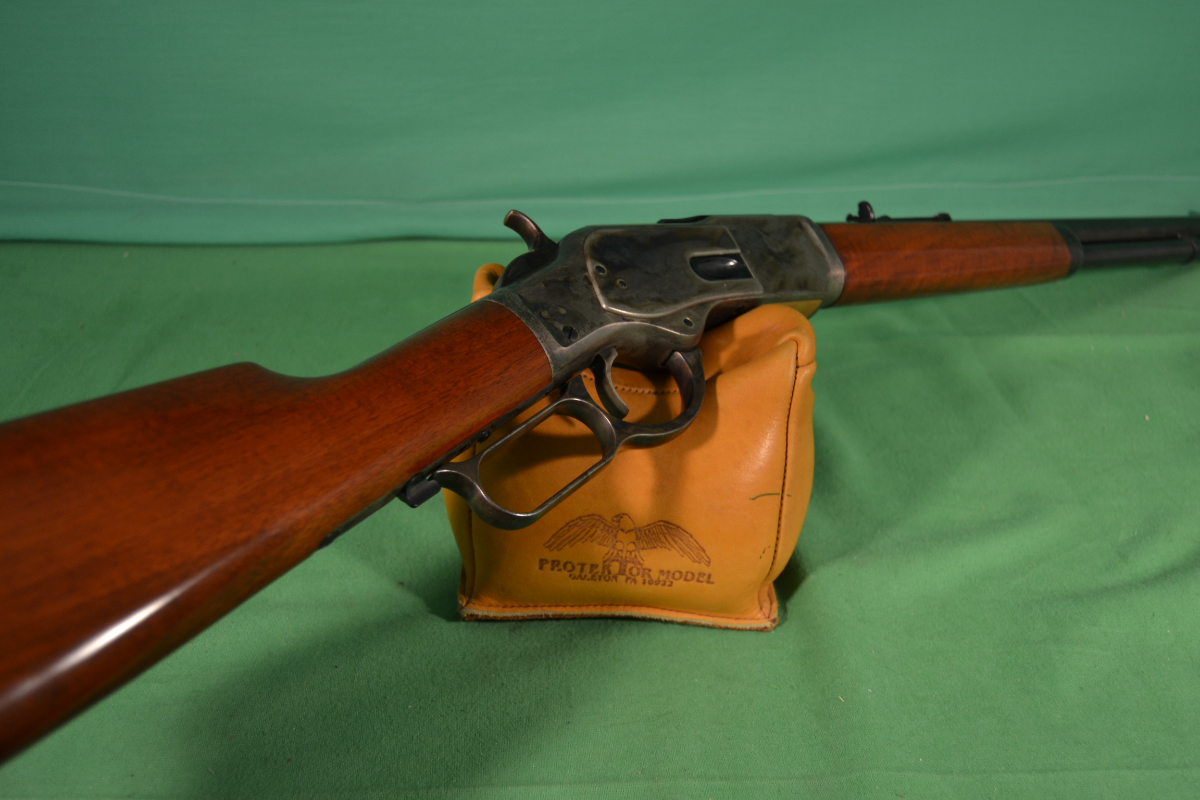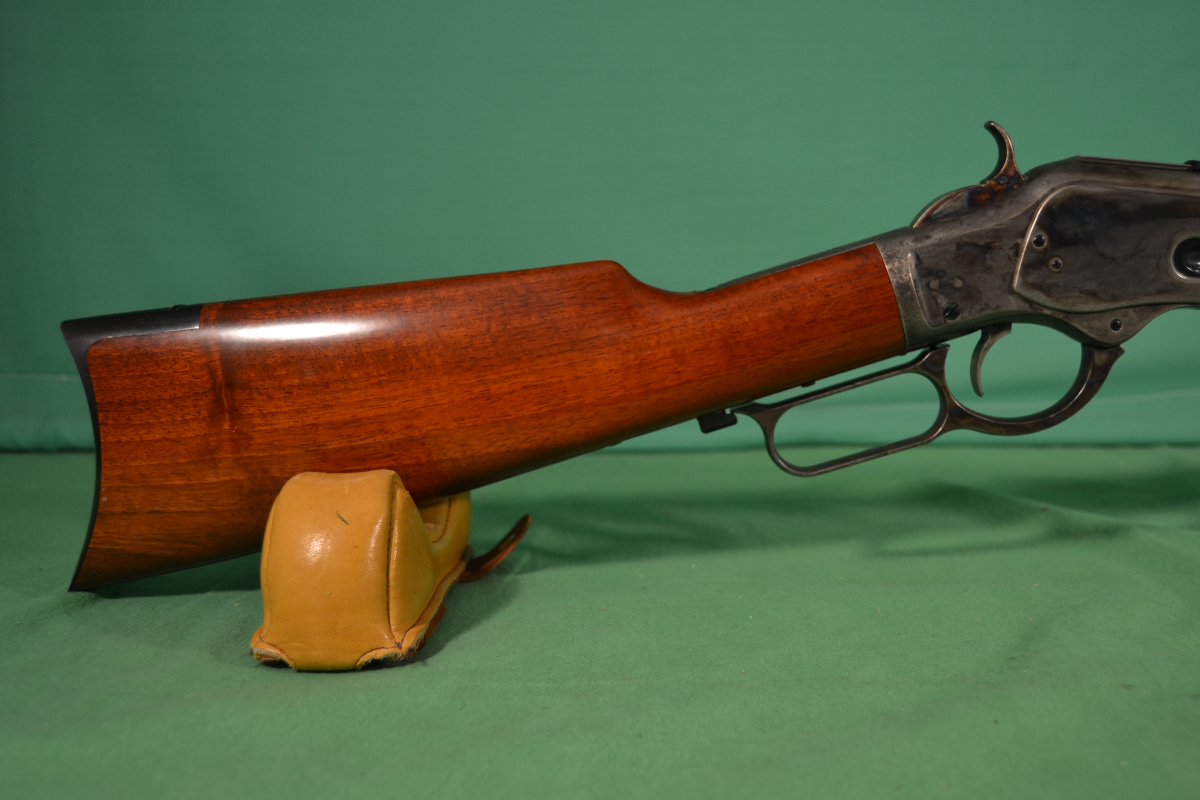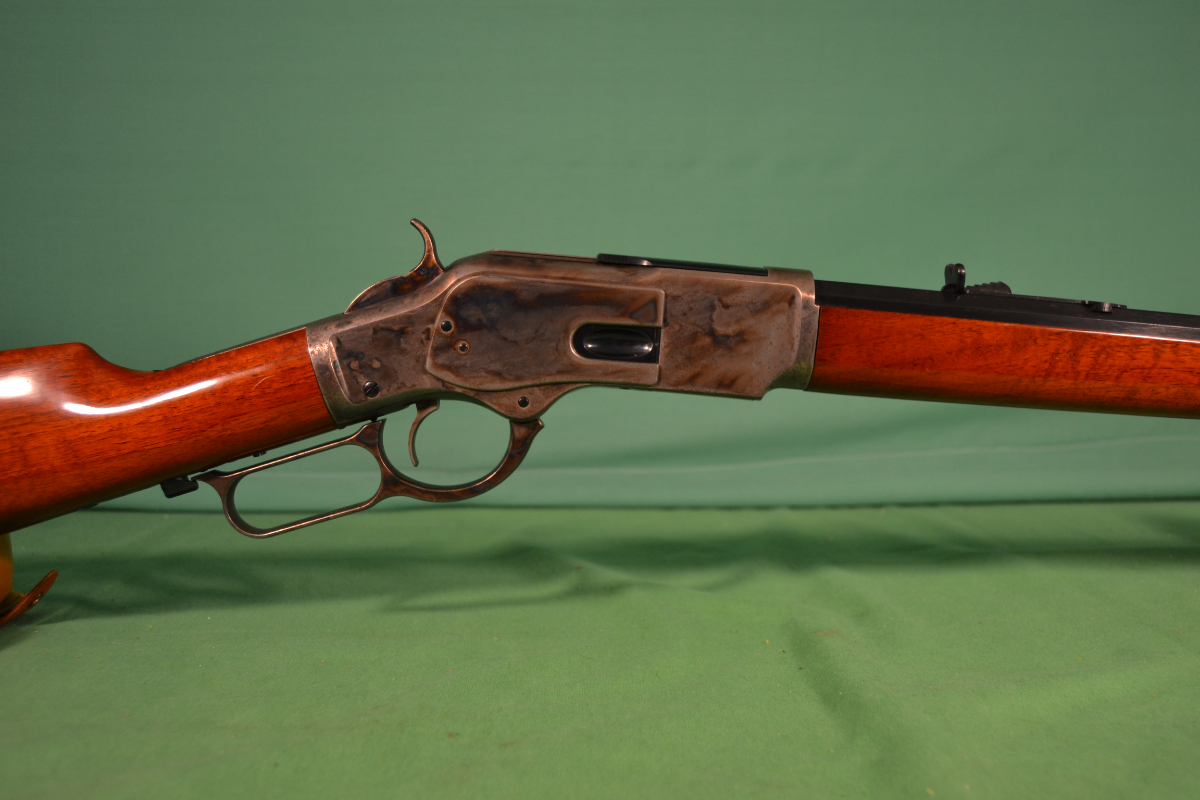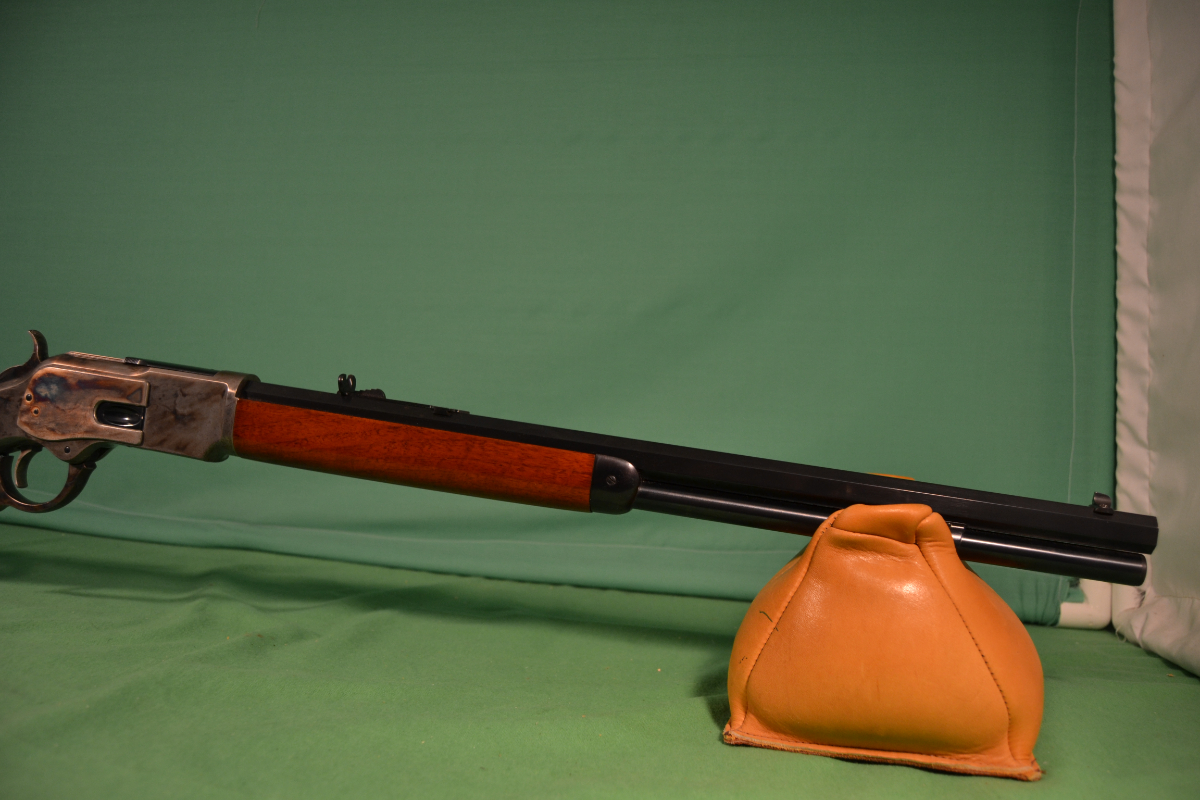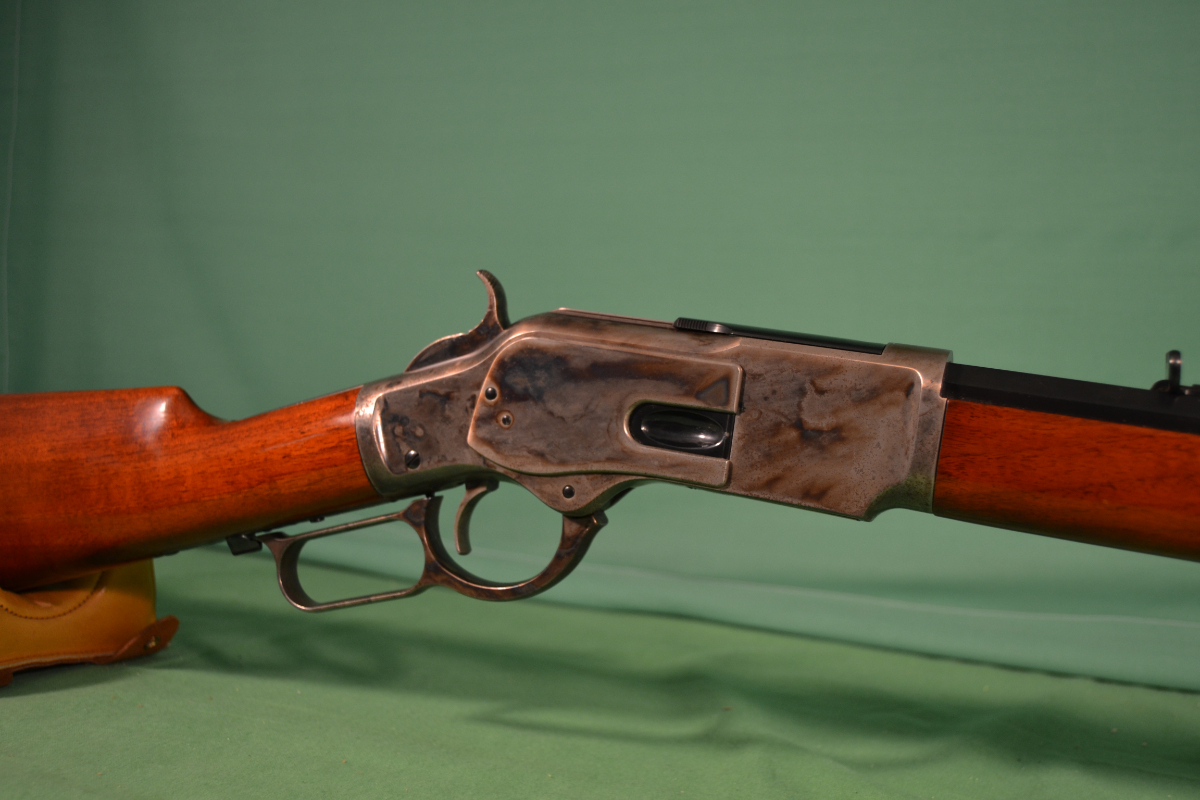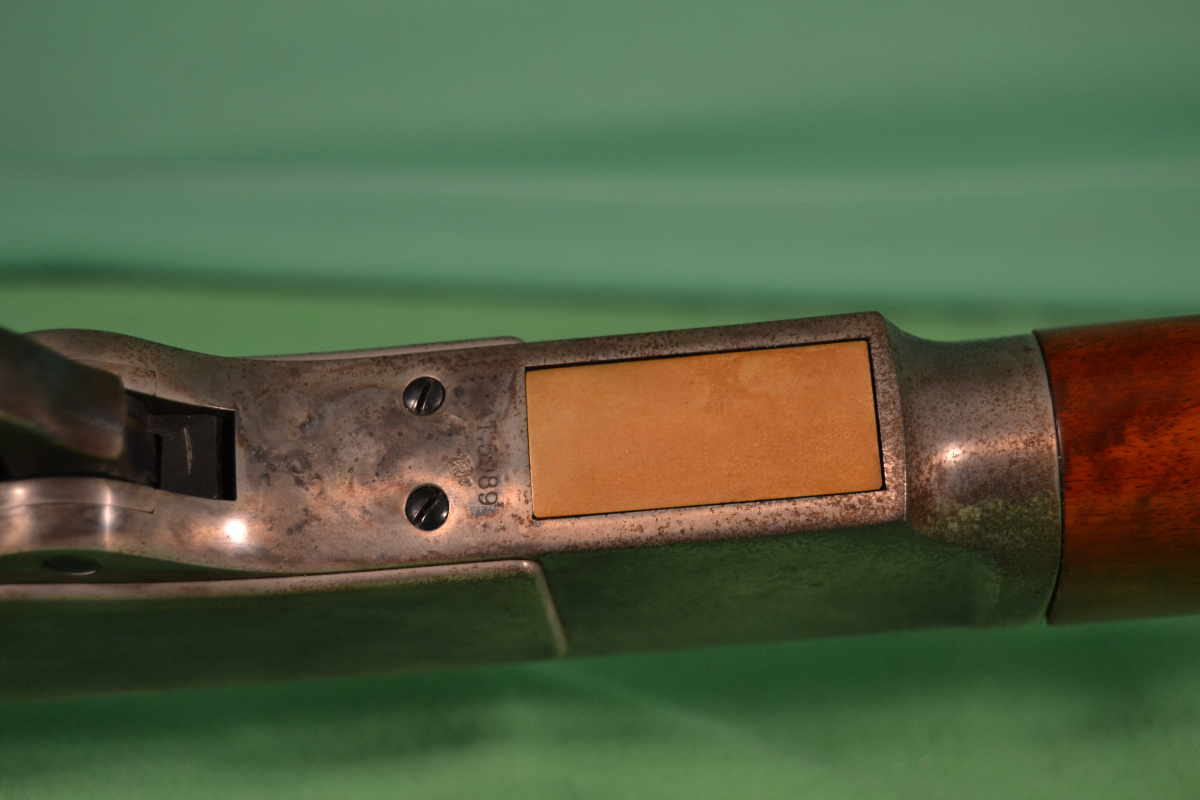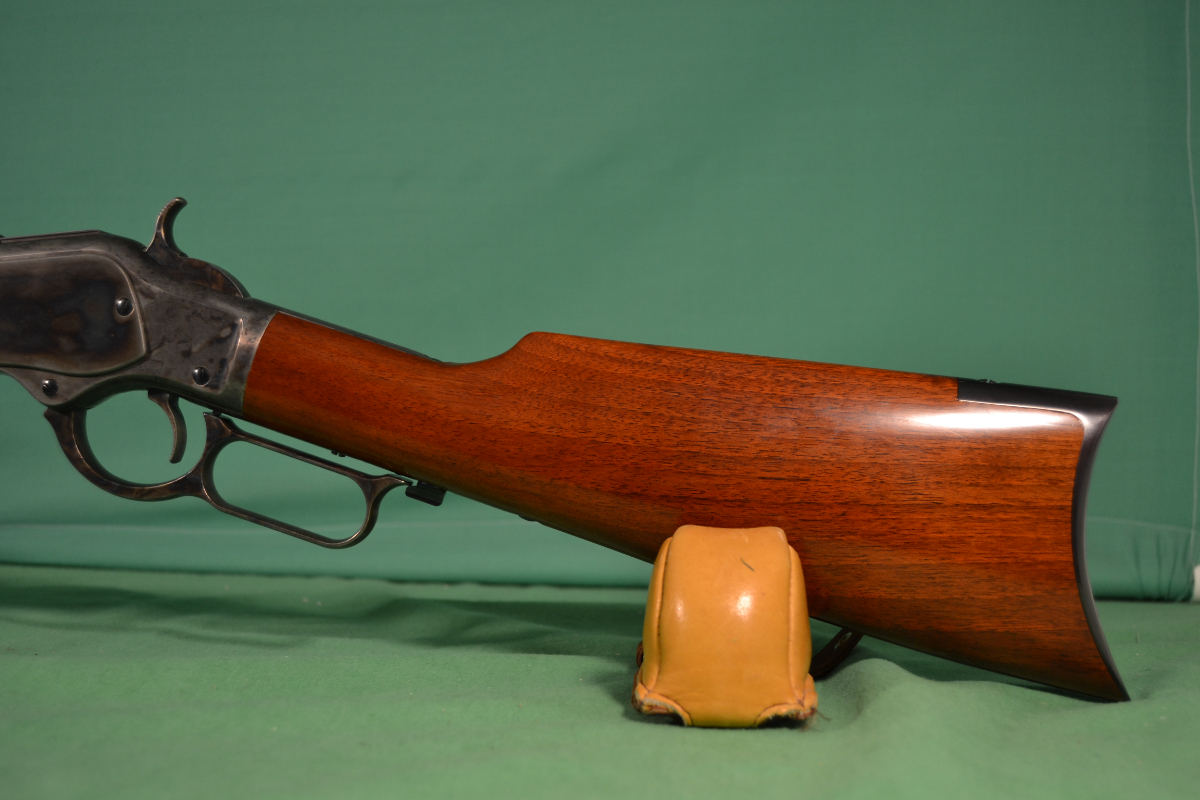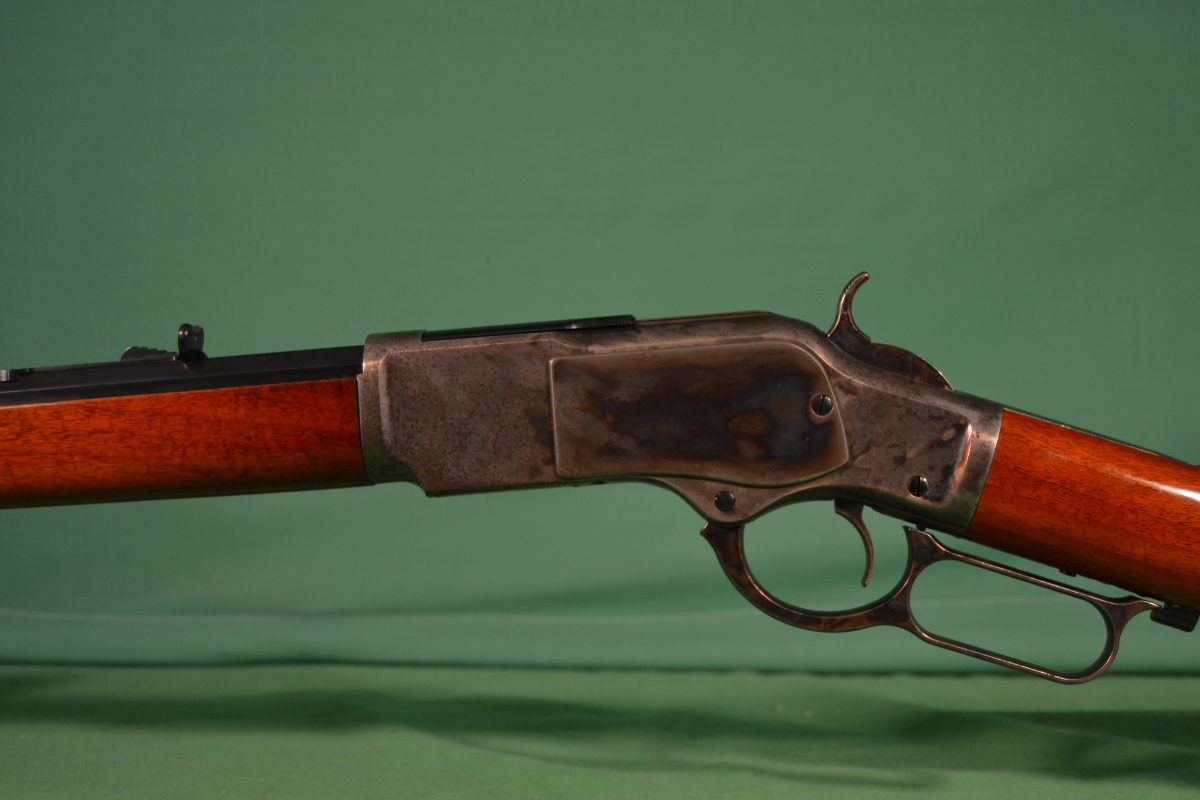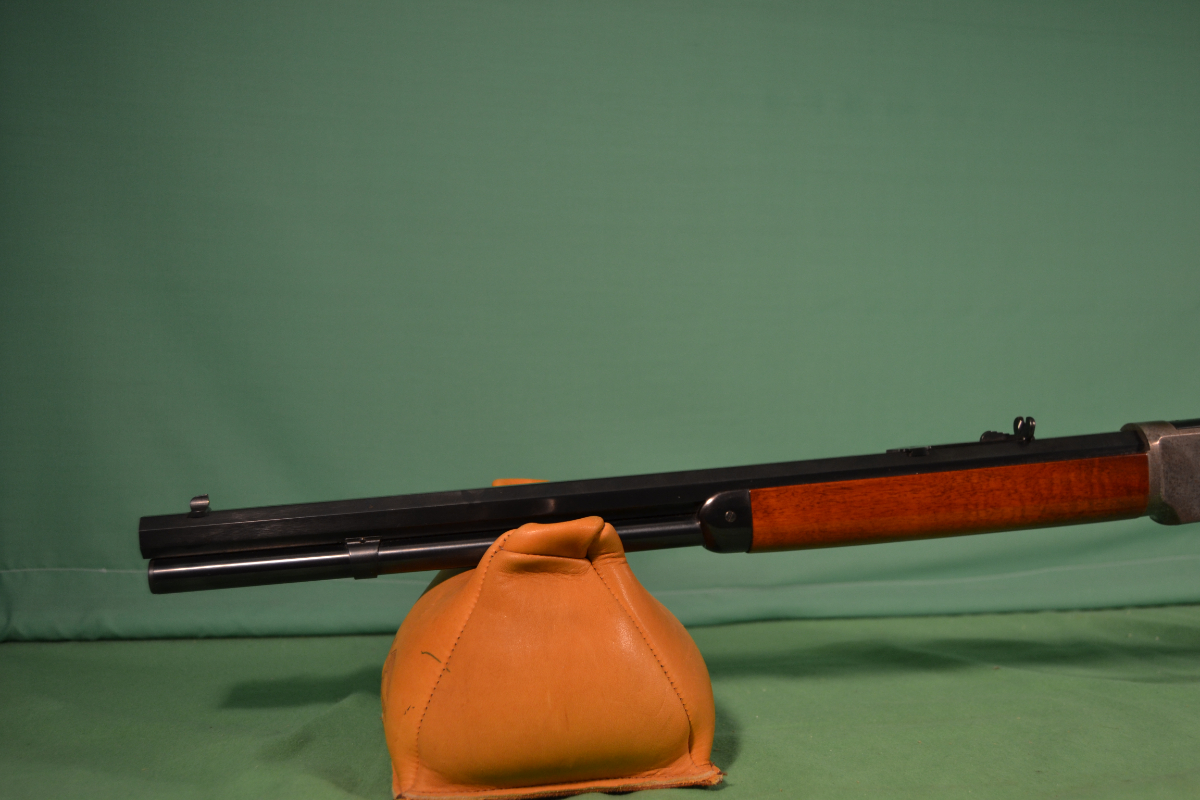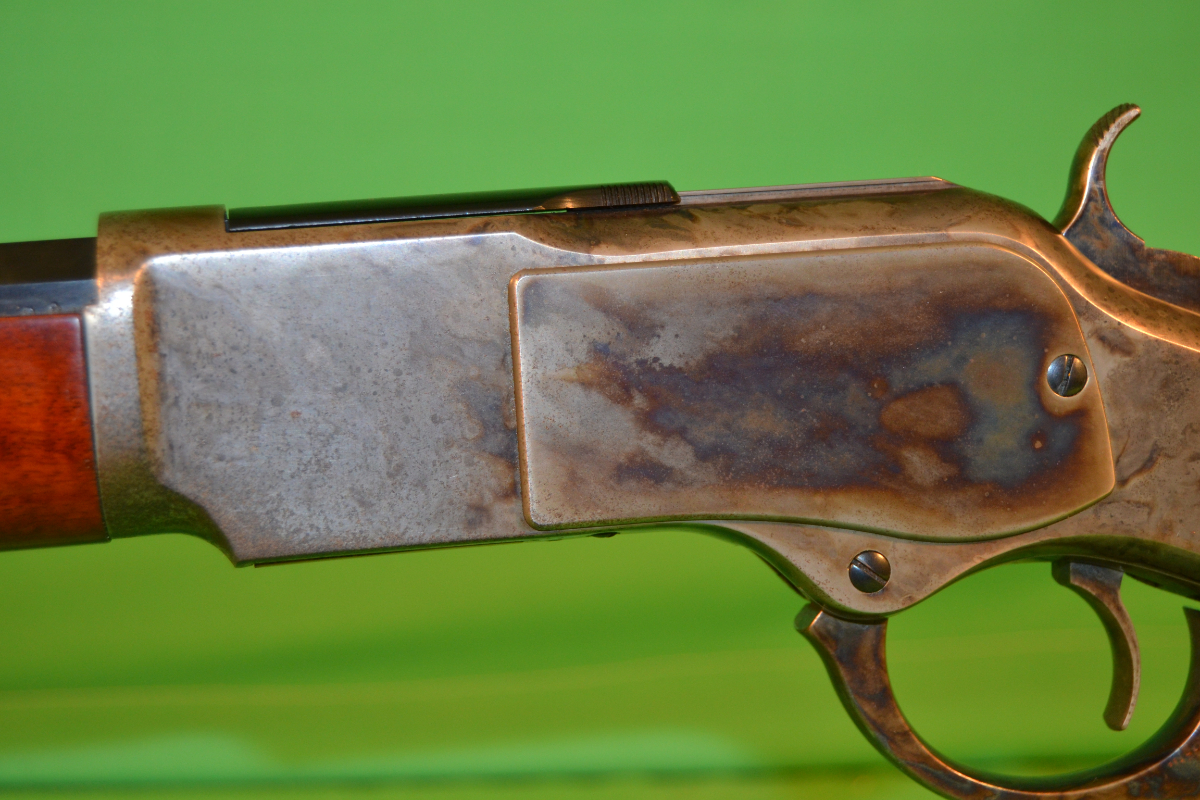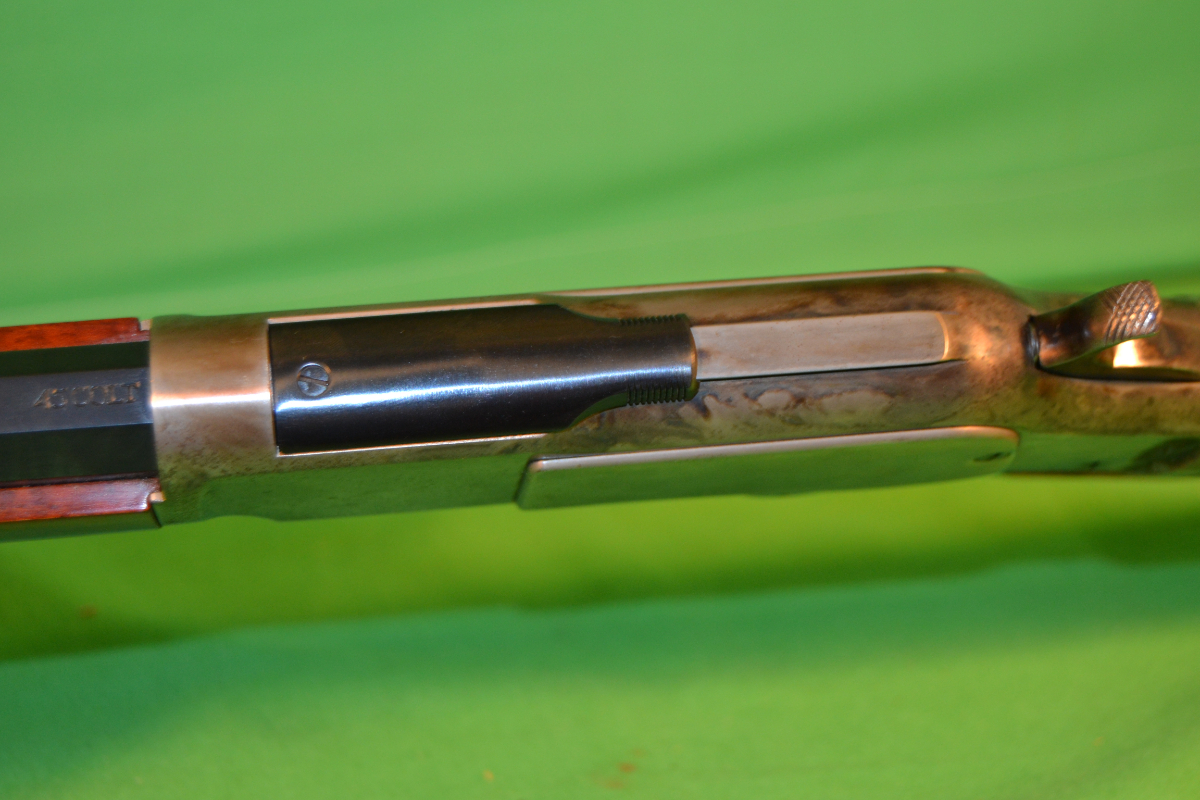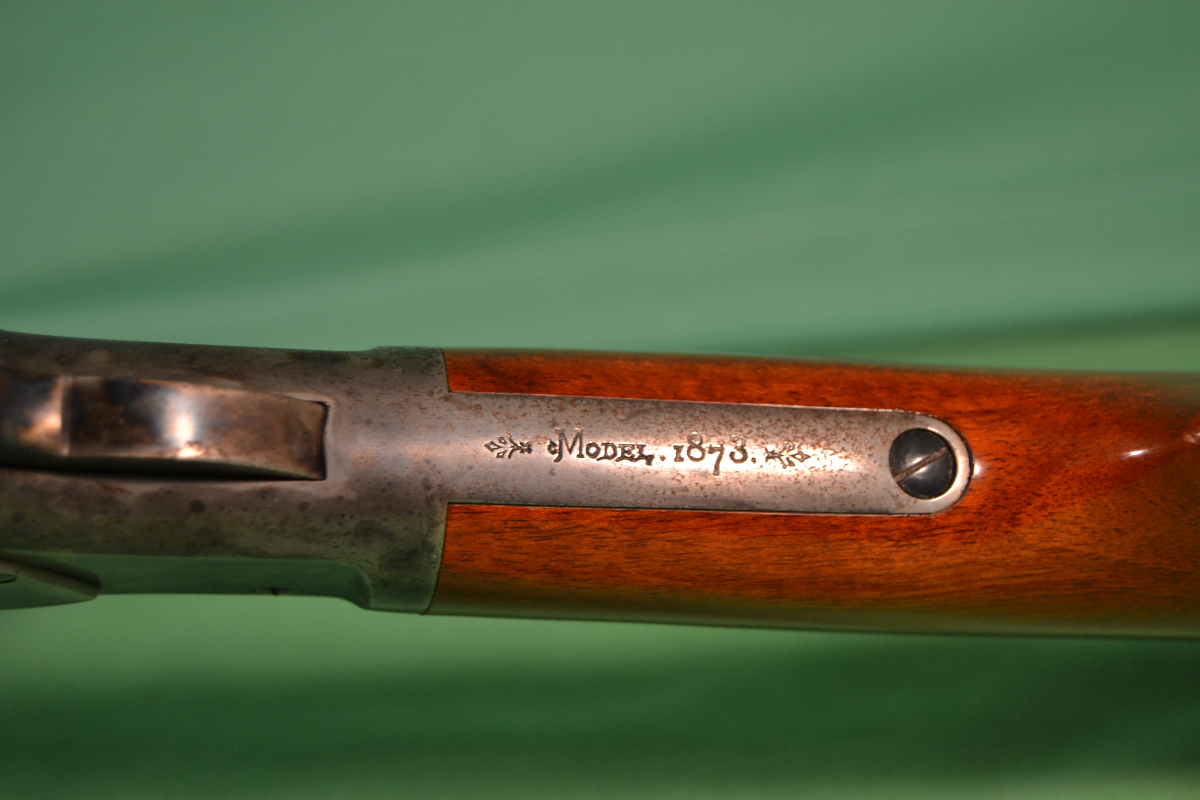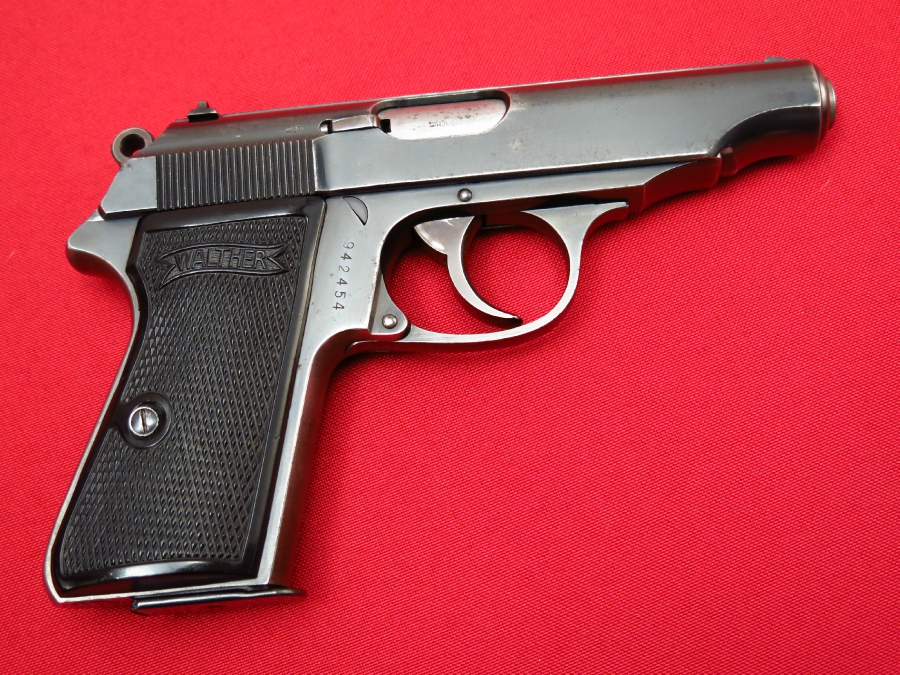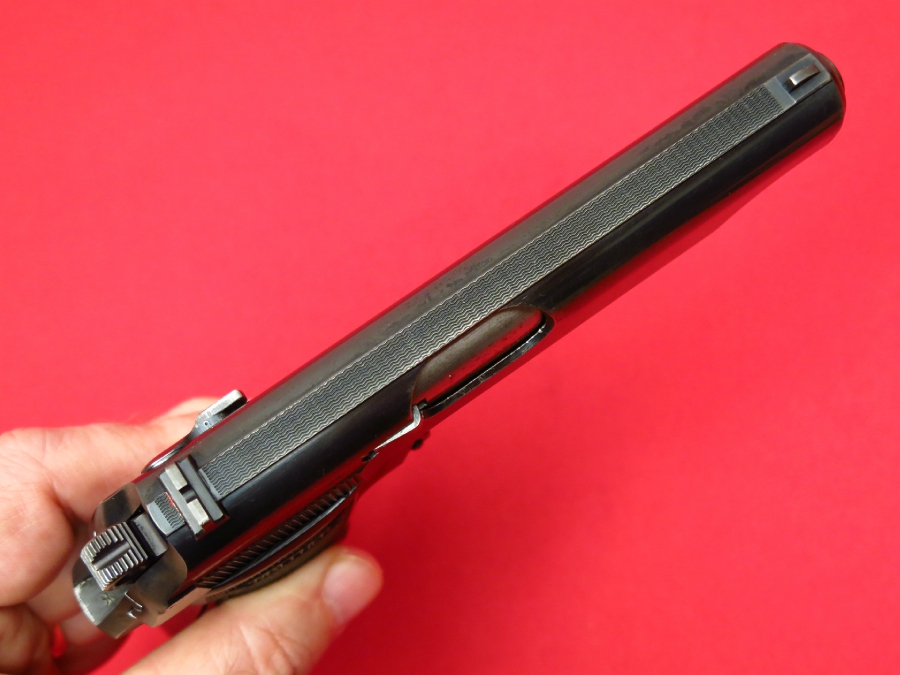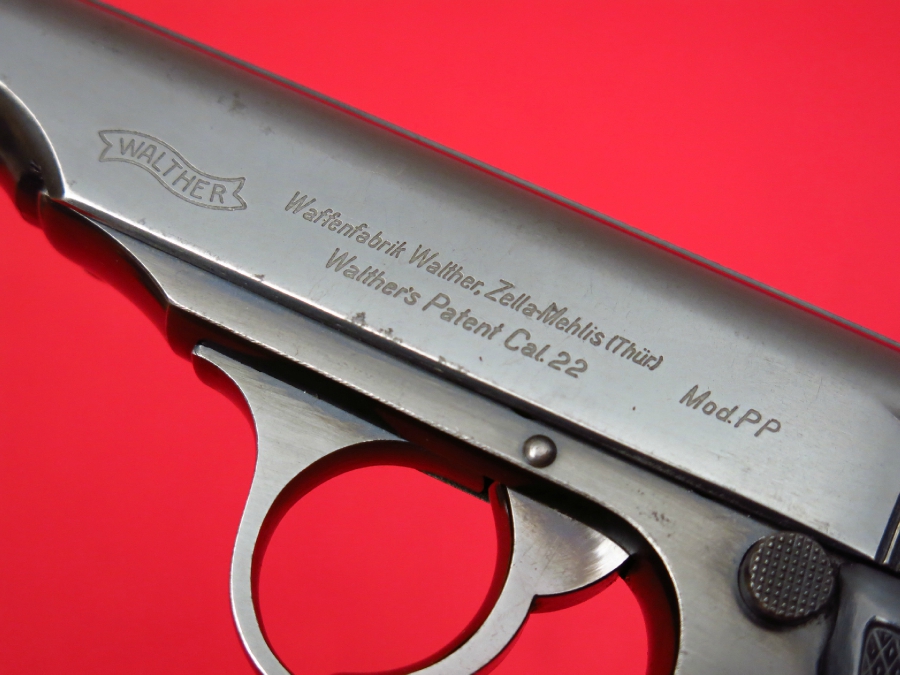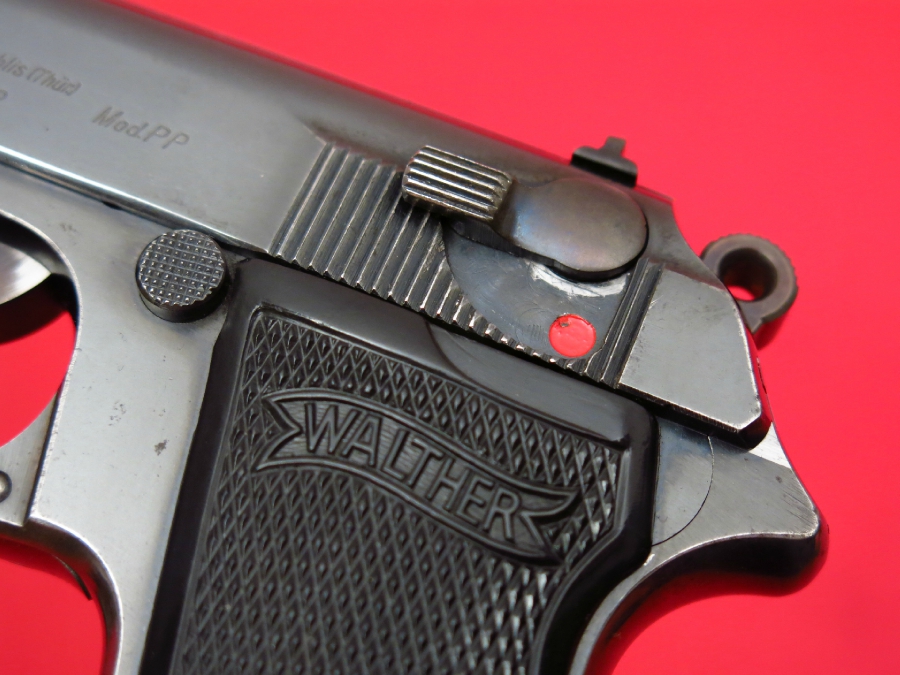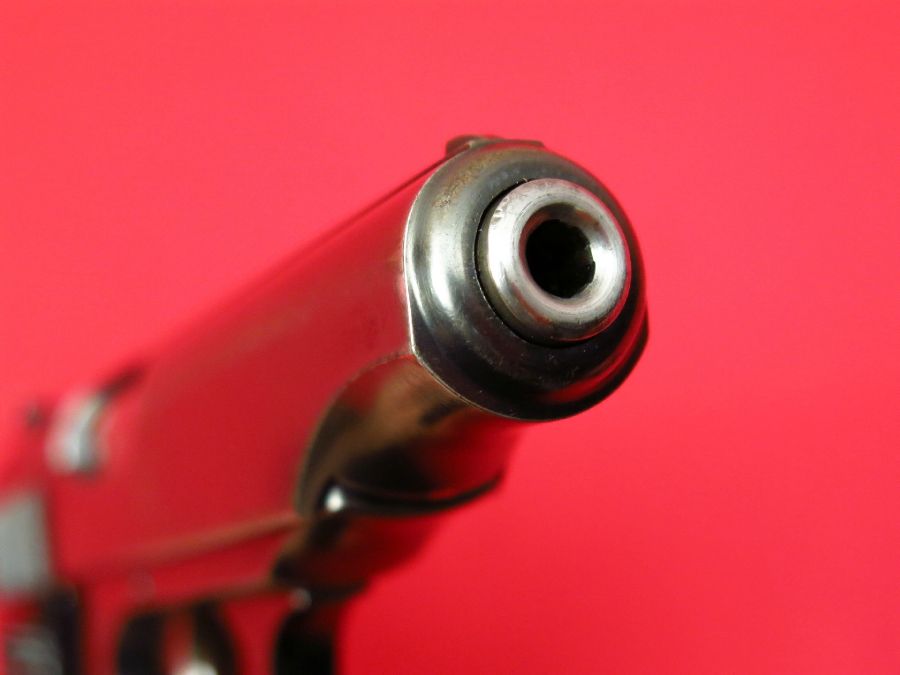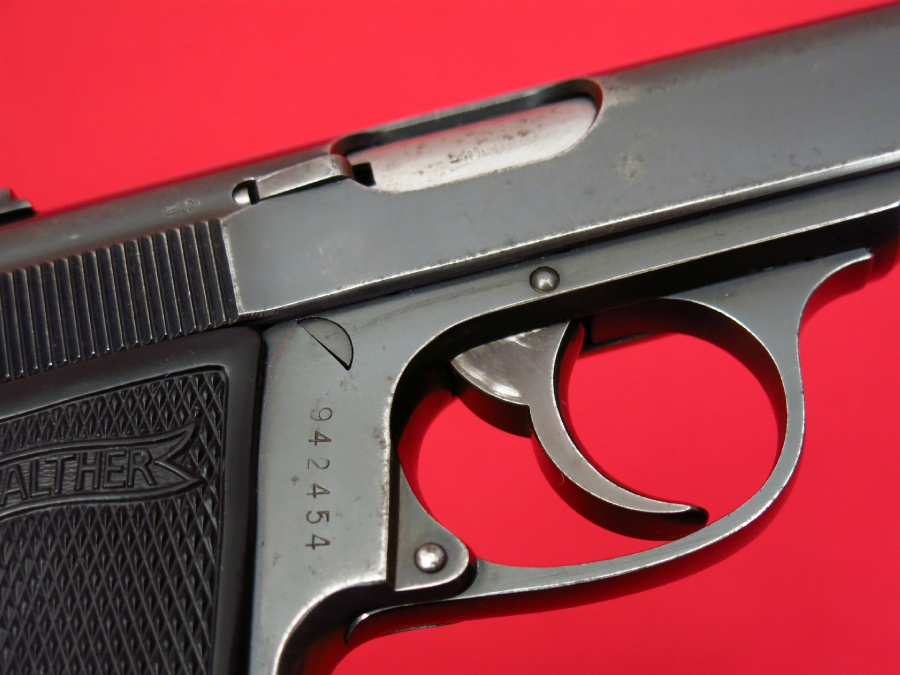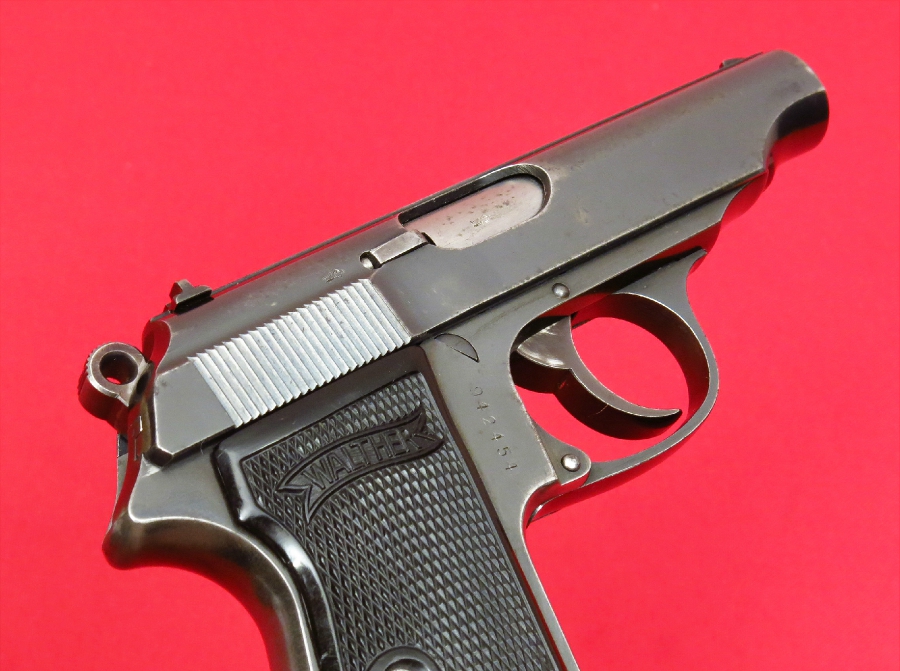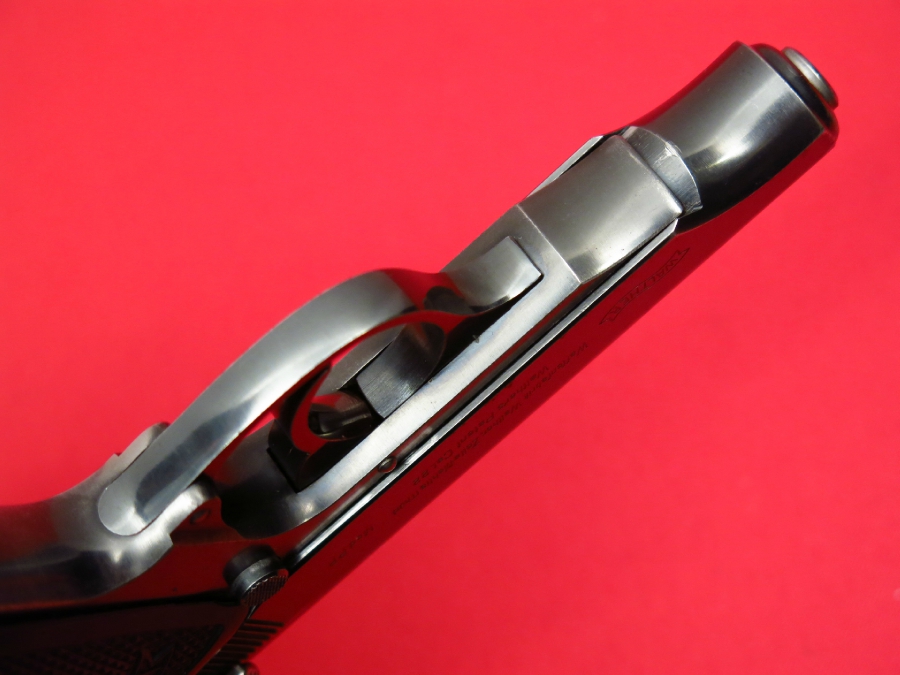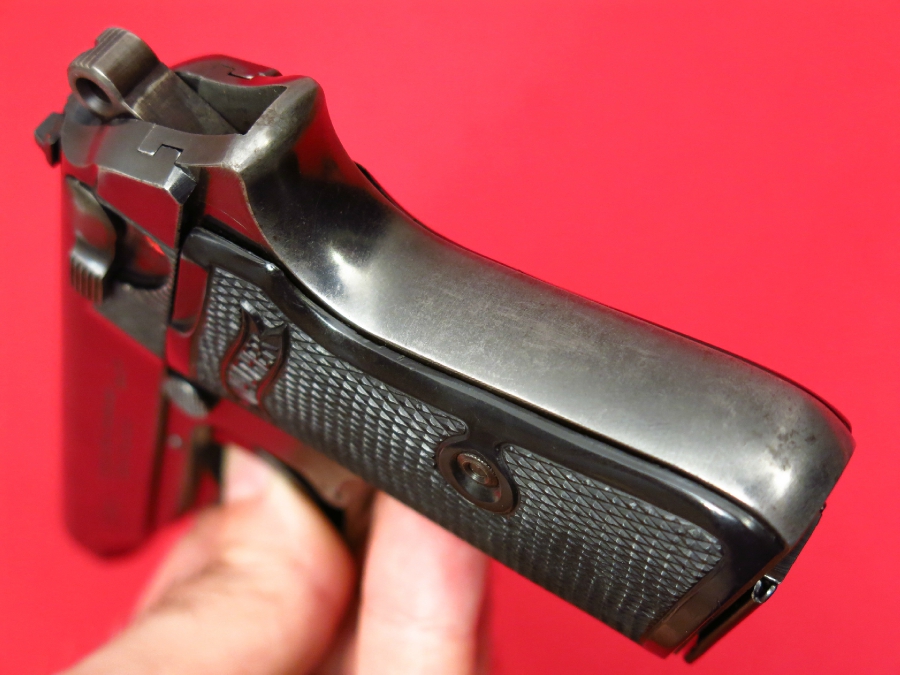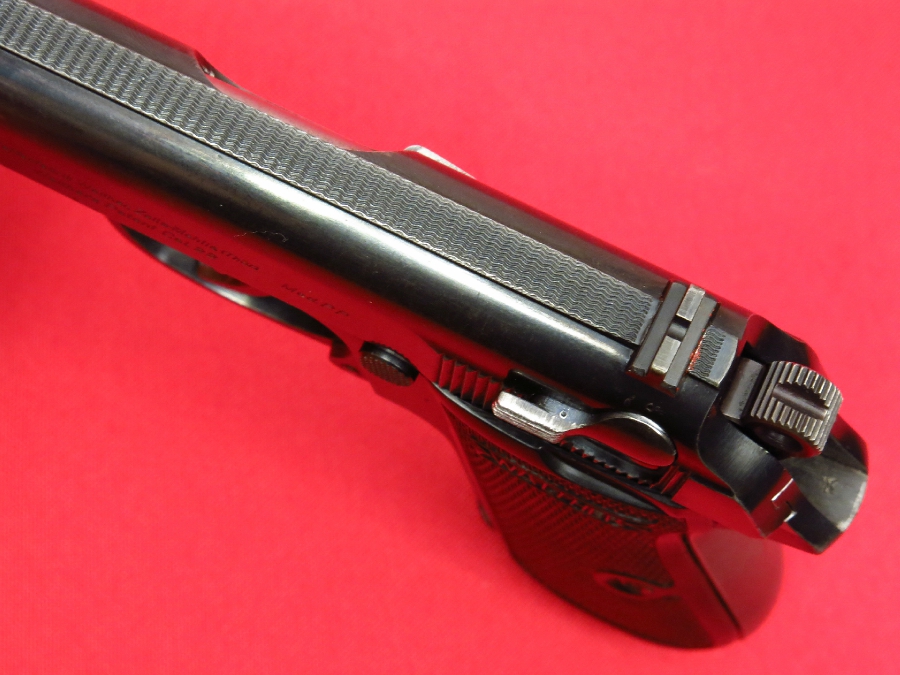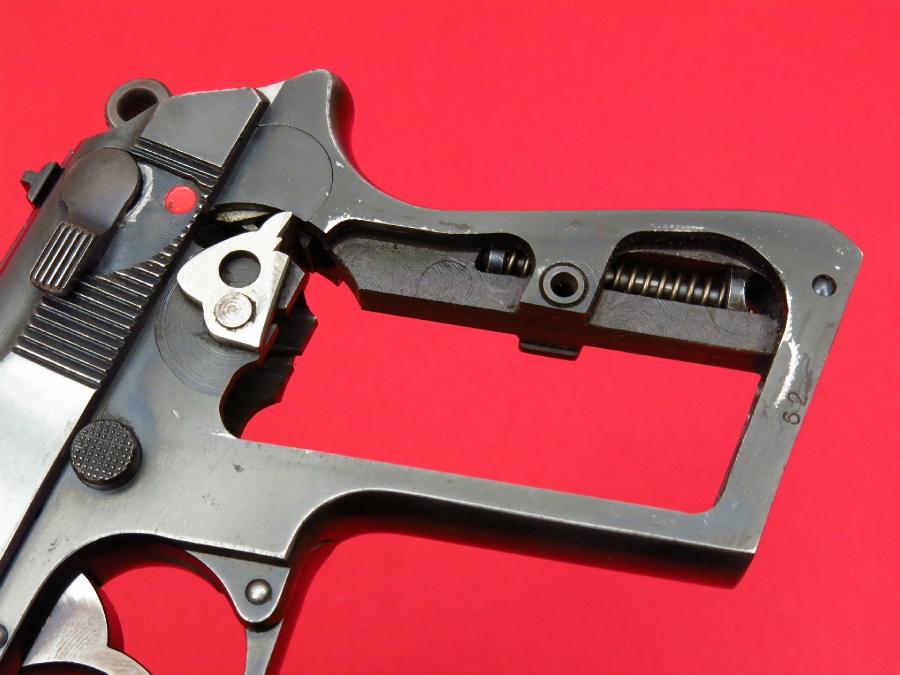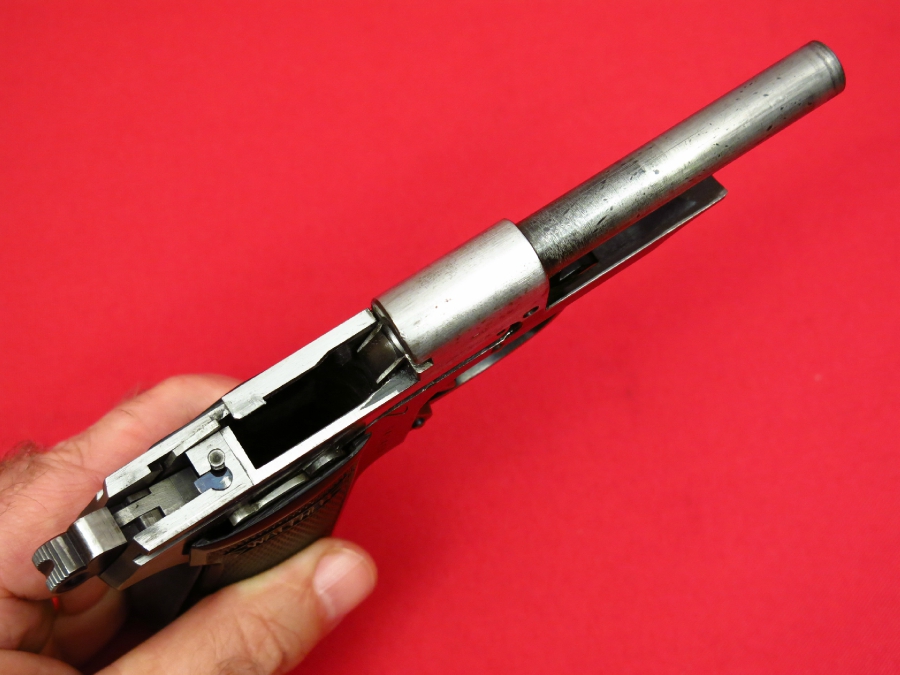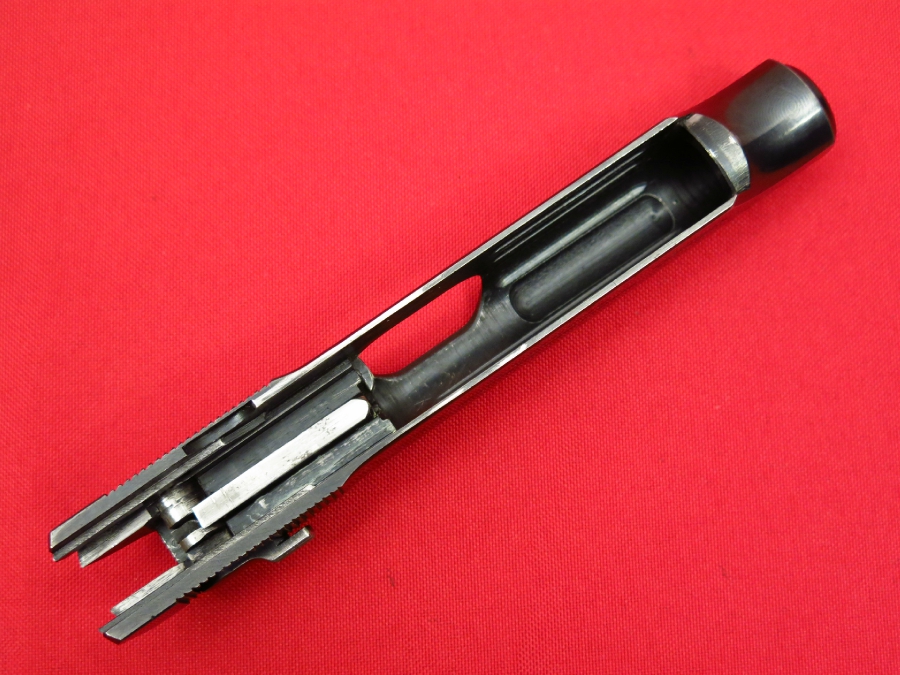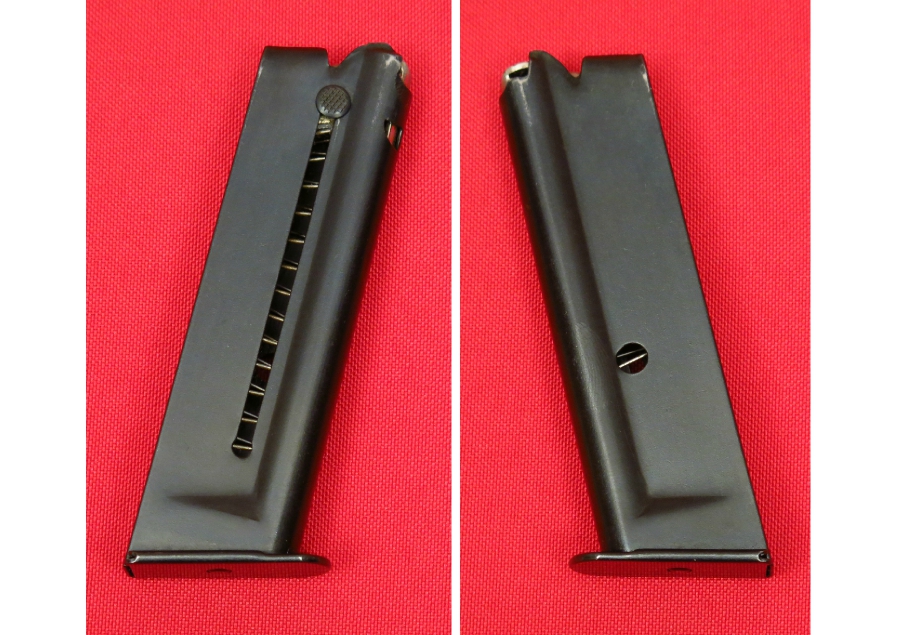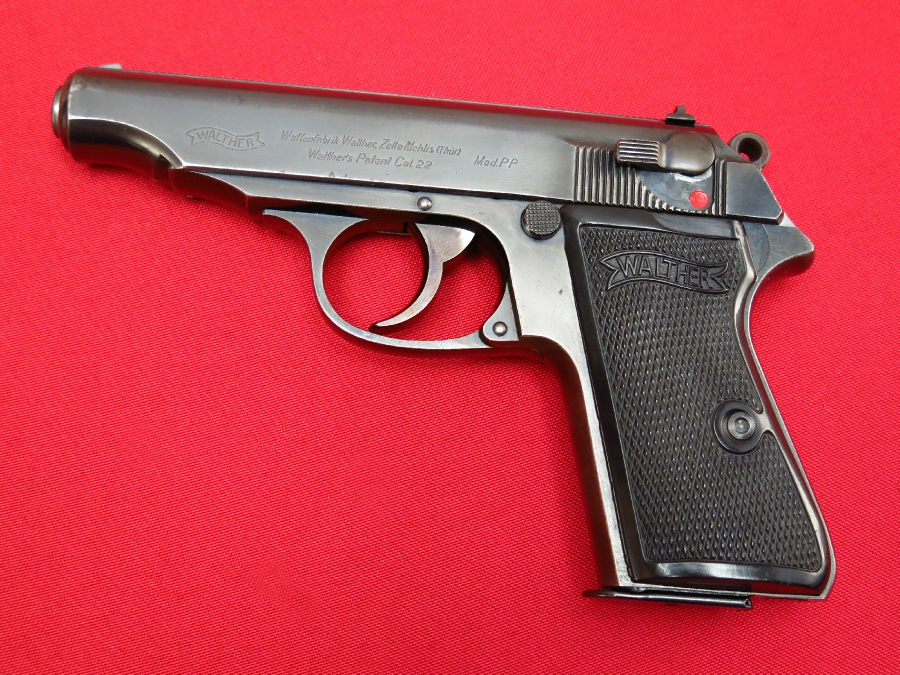With 42 states and the District of Columbia now recognizing the Right-to-Carry, California’s retrograde may-issue Carry Concealed Weapon licensing regime is atypical.
However, a recent state audit of three of California’s CCW license issuing authorities shows that Los Angeles County does operate much like another large jurisdiction, New York City, when it comes to granting licenses.
That is, licenses are reserved for the well-connected and officials don’t bother to follow the rules when issuing them.
Under California law, a sheriff of a county may issue a CCW license to an applicant upon receiving proof,
(1) The applicant is of good moral character.
(2) Good cause exists for issuance of the license.
(3) The applicant is a resident of the county or a city within the county, or the applicant’s principal place of employment or business is in the county or a city within the county and the applicant spends a substantial period of time in that place of employment or business.
(4) The applicant has completed a course of training as described in Section 26165.
Statute does not further define “good moral character” or “good case,” which gives a local sheriff’s department significant discretion to determine the criteria necessary to acquire a permit in their jurisdiction.
Los Angeles County has a written Concealed Weapons Licensing Policy that elaborates on what the sheriff’s department considers sufficient “good cause” to merit a license. The policy states,
good cause shall exist only if there is convincing evidence of a clear and present danger to life, or of great bodily harm to the applicant, his spouse, or dependent child, which cannot be adequately dealt with by existing law enforcement resources, and which danger cannot be reasonably avoided by alternative measures, and which danger would be significantly mitigated by the applicant’s carrying of a concealed firearm.
Moreover, the policy makes clear that “No position or job classification in itself shall constitute good cause for the issuance, or for the denial, of a CCW license.”
It is exceedingly difficult for a law-abiding citizen to meet Los Angeles County’s criteria for a CCW license. Los Angeles County has issued 197 licenses to its 10.2 million residents. This works out to about 1 license for every 50,000 residents.
The audit, conducted by the California State Auditor, researched samples of 25 CCW licenses issued by three sheriff’s departments, Los Angeles County, Sacramento County, and San Diego County.
For Los Angeles, the auditors concluded that the county “did not completely adhere to its policies when issuing any of the 25 CCW licenses we reviewed.” The researchers also determined, “Los Angeles issued all but one of these licenses without the level of documentation it expects to demonstrate that the applicant has met the good cause requirement.”
Rather than require the level of documentation for “good cause” outlined in their policy, Los Angeles County simply granted licenses to the well-connected. The auditors found the following,
22 of the 25 CCW licenses we reviewed were issued to applicants with professions that connected them to the law enforcement community: the individuals were former or current law enforcement officers, judges, court commissioners, retired federal agents, and deputy district attorneys.4
In fact, we found that of the 197 licenses that Los Angeles had issued that were active as of mid-August 2017, only nine were issued to applicants outside of that community.
As pointed out earlier, Los Angeles County’s written policy states that “No position or job classification in itself shall constitute good cause for the issuance, or for the denial, of a CCW license.”
The auditor’s report shares the story of a Los Angeles County Superior Court judge who did not provide information of a personal threat to his safety on his license application, as required under county policy.
This judge was granted a license. The report then contrasts this case with that of a worker who stated that he wanted a license because “he worked in undesirable and remote areas and carried large amounts of cash.” This individual’s application was denied. The audit report called Los Angeles County’s practices judging “good cause” for issuing licenses “inequitable.”
The auditors also found that Los Angeles County failed to obtain requisite documentation concerning some licensees’ residency, “moral character,” and training.
In contrast to Los Angeles County, the Sacramento County Sheriff’s Department has a more lenient policy concerning “good cause.”
At the direction of Sheriff Scott R. Jones, Sacramento considers self-defense or the defense of other sufficient to meet the “good cause” requirement.
This has resulted in far more permits being issued in Sacramento County than Los Angeles County. With a population of 1.5 million, Sacramento County has 9,130 CCW license holders.
Sacramento County’s shall-issue carry regime is part of what prompted the state audit.
In a letter responding to the auditor report, Jones explained that following the failure of legislation put forward by NRA F-rated Assemblymember Kevin McCarty that would have made it more difficult for ordinary Californians to acquire CCW licenses statewide.
The Assemblymember targeted Sacramento and other shall-issue carry jurisdictions for retribution. Jones’s letter notes, “Assemblymember McCarty threatened on social media on December 21st, 2016, to use the legislative audit function to intervene in my and others’ CCW permit processes because of his legislative failures. This audit is a consummation of that threat.”
However, the audit didn’t come to McCarty’s desired conclusions. The state auditor did not recommend that his legislation be adopted. Further, concerning Sacramento’s policy, the auditor report explained,
Although we believe the differences between Sacramento’s criteria for good cause and the criteria of the other two departments are most likely the reason for the higher number of licenses it issued during the period we audited, we cannot conclude that a higher rate of license issuance is necessarily a harmful effect of local discretion.
The California State Auditor’s office was right to describe Los Angeles County’s permitting procedure as “inequitable.” May-issue licensing regimes have always been ripe for this type of abuse.
In the early 20th century, New York’s Sullivan Law was used to prohibit immigrants from owning handguns. In the 1950s, civil rights leader Martin Luther King Jr. was denied a carry permit in Alabama.
This year, officials from the New York City Police Department’s License Division were indicted on federal corruption charges for what amounted to selling handgun licenses.
Members of Los Angeles County’s law enforcement community should be able to exercise their Right-to-Carry for the defense of themselves and others.
However, the county’s law-abiding residents should have that same opportunity. Until California and the small handful of holdout jurisdictions join the 21st century and respect the Right-to-Carry, these abuses will continue.
Of course, given ongoing federal litigation and legislative efforts on the Right-to-Carry, sometime soon the regressive politicians of these backwards enclaves may no longer have a say in the matter.
